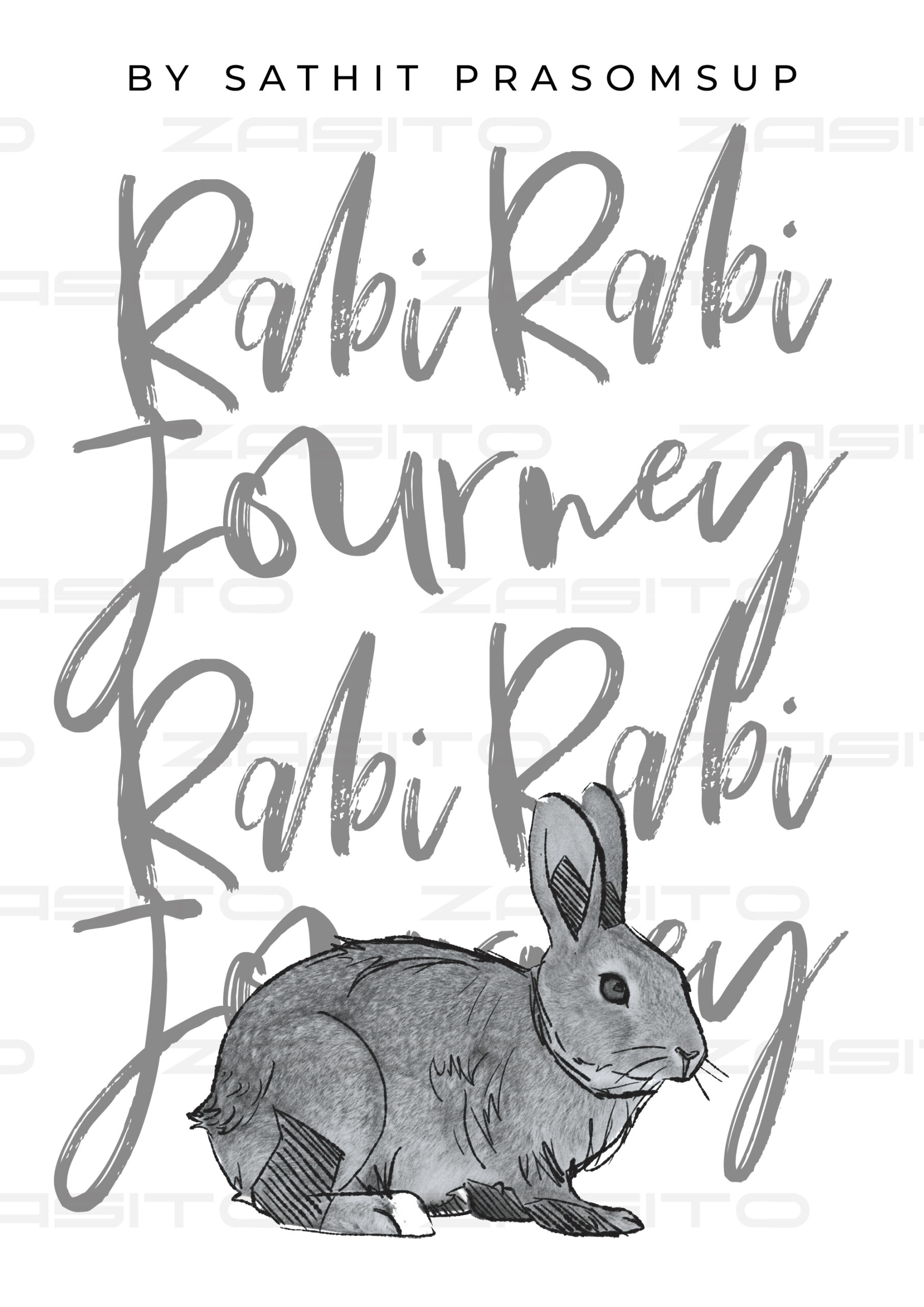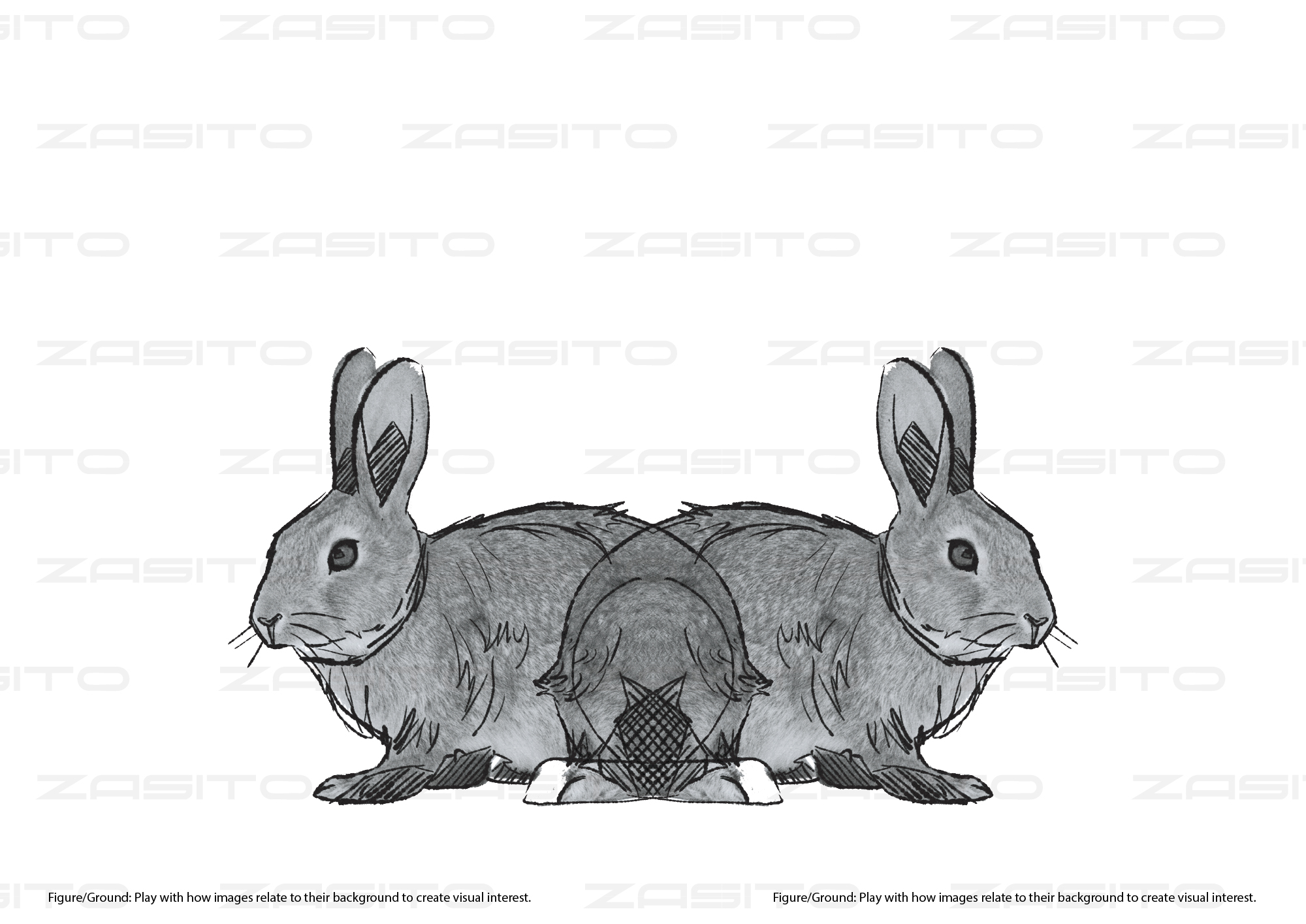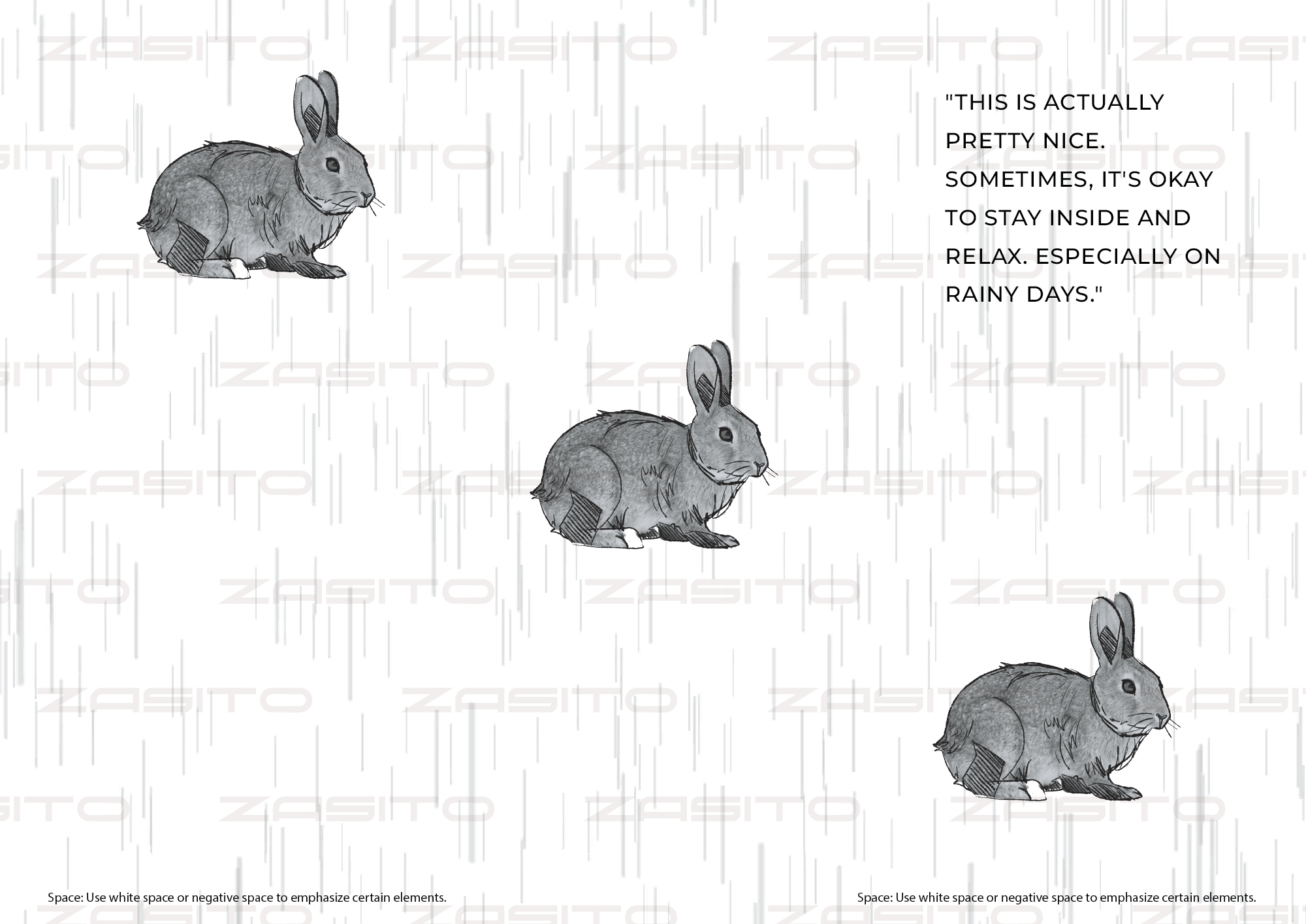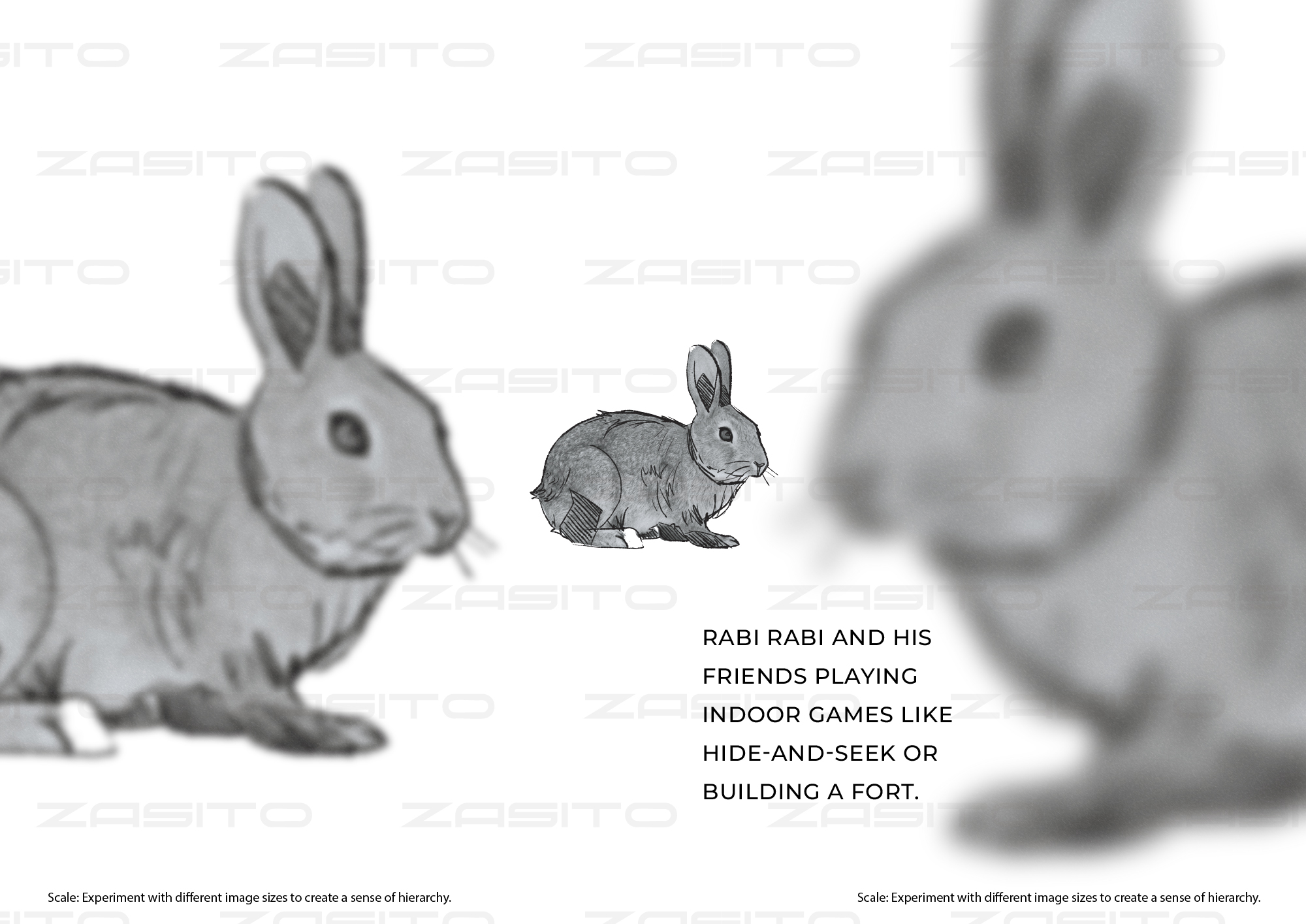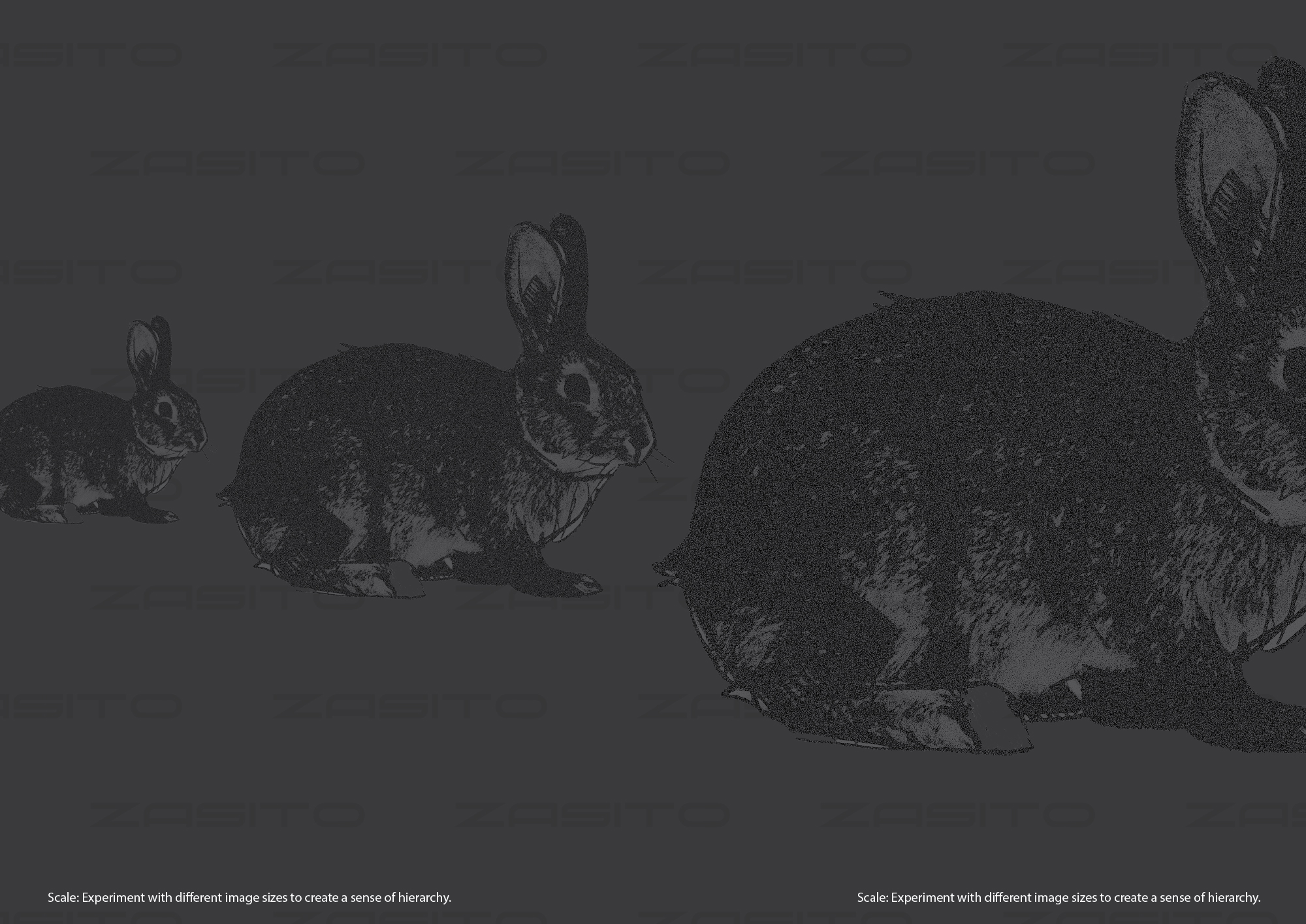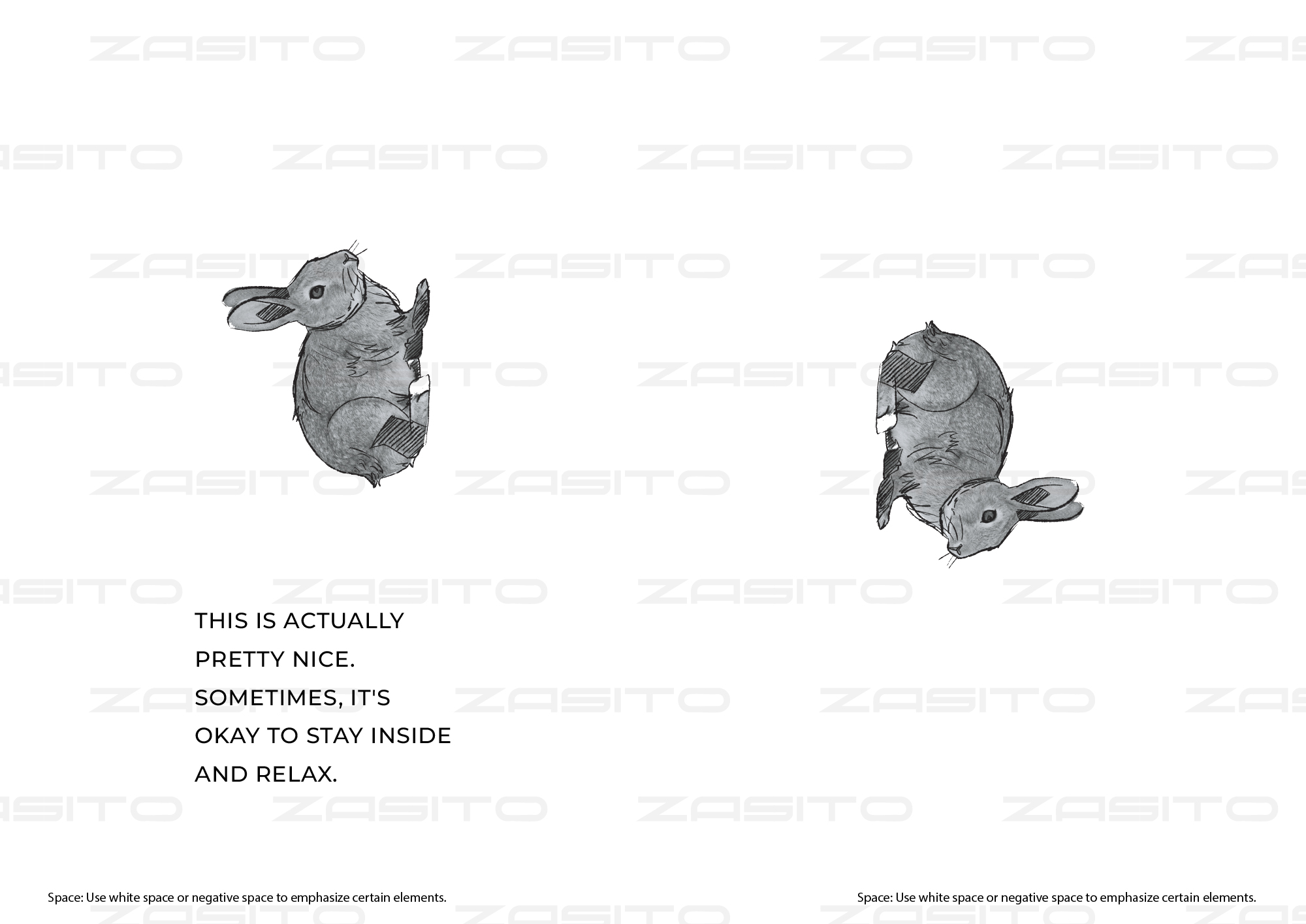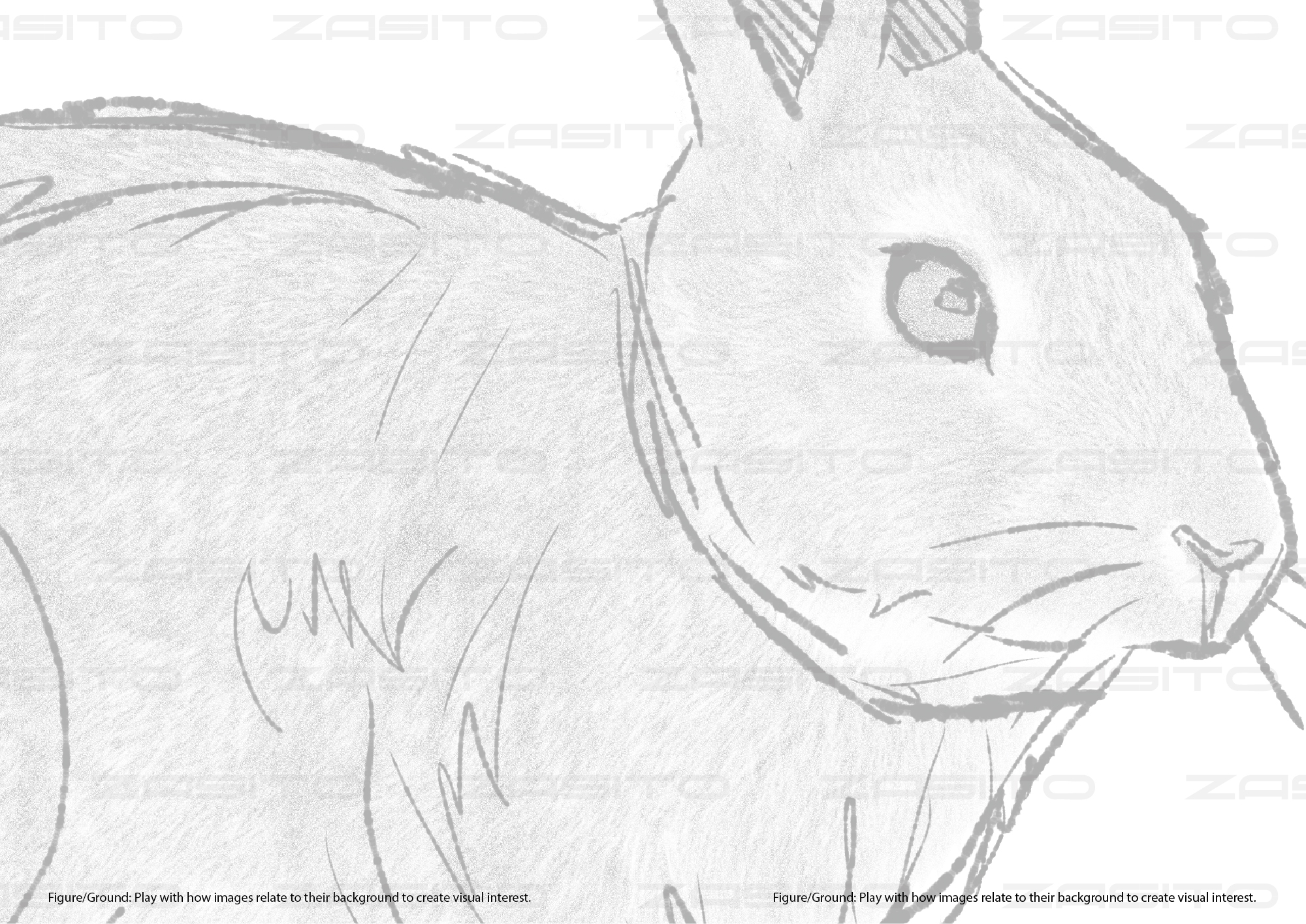Is it difficult? For those who are new, yes! This is not your typical course where you simply watch videos and take quizzes. It challenges you to actively engage and create art through numerous assignments. You will dive deep into the basics of graphic design, explore its history, and learn how to make and display your own creations.
Course Details
This specialization is a series of 5 courses, designed to expose students to essential graphic design skills, such as process, historical context, and communicating through imagemaking and typography. It culminates in a capstone project, where students use everything they’ve learned to complete a branding project suitable for a professional portfolio.
Here’s what each course offers:
Fundamentals of Graphic Design
- Duration: 15 hours
- Skills: Adobe Photoshop, Adobe InDesign, Color Theory
- Key Topics: Understanding color, visual rhythm, and pattern; using scale, weight, texture, and space in compositions; creating your own images using different techniques.
Introduction to Typography
- Duration: 8 hours
- Skills: Adobe Illustrator, Adobe InDesign, History, Creativity
- Key Topics: Typography fundamentals, typefaces and storytelling, peer-reviewed typesetting exercise, and designing a full-scale typographic poster.
Introduction to Imagemaking
- Duration: 11 hours
- Skills: Art History, Graphic Design
- Key Topics: Making design choices with image-based research, creating ranges of representation, and designing a book using your own images.
Ideas from the History of Graphic Design
- Duration: 10 hours
- Skills: Adobe InDesign, Creativity, Graphics
- Key Topics: History of graphic design, understanding design’s emergence, graphic design radicalism, and making informed design choices.
Brand New Brand
- Duration: 24 hours
- Skills: Brand Development, Visual Research
- Key Topics: Synthesizing typography, imagemaking, and composition to create a brand development guide, and expanding a brand identity through icons, color, and typography.
My Experience
I’m approaching 10 years of working professionally as a graphic designer, and this course has been an excellent way to strengthen my foundational skills. It has inspired me to make something creative out of everyday objects, and to see that sometimes you don’t need big budgets or fancy tools to produce great design. It has taught me how to work with what’s available and still push my creative boundaries.
Why I Loved “Brand New Brand”
“Brand New Brand” was my favorite part of the specialization. It guided me through the process of creating a brand guideline from start to finish, with assignments that were engaging and rewarding. The final assignment was crucial because 100% of the grade depended on presenting the brand development guide. It was intense but incredibly fulfilling. I loved how this course helped me build something concrete and professionally polished.
If you’re serious about branding and want a course that pushes you to produce real-world results, “Brand New Brand” is a must! This entire specialization helped refresh and enhance my skills as a graphic designer, making me excited about new possibilities in the field.
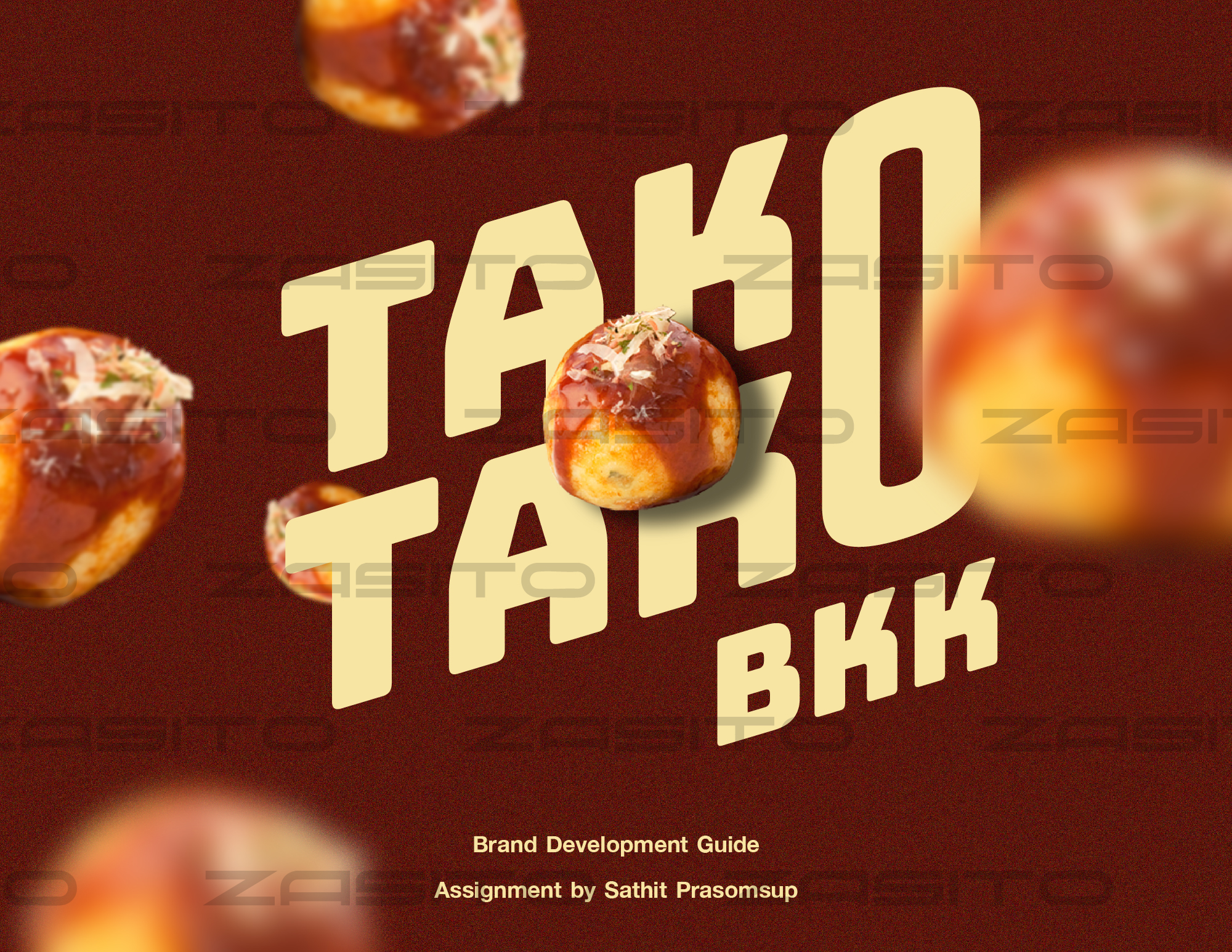
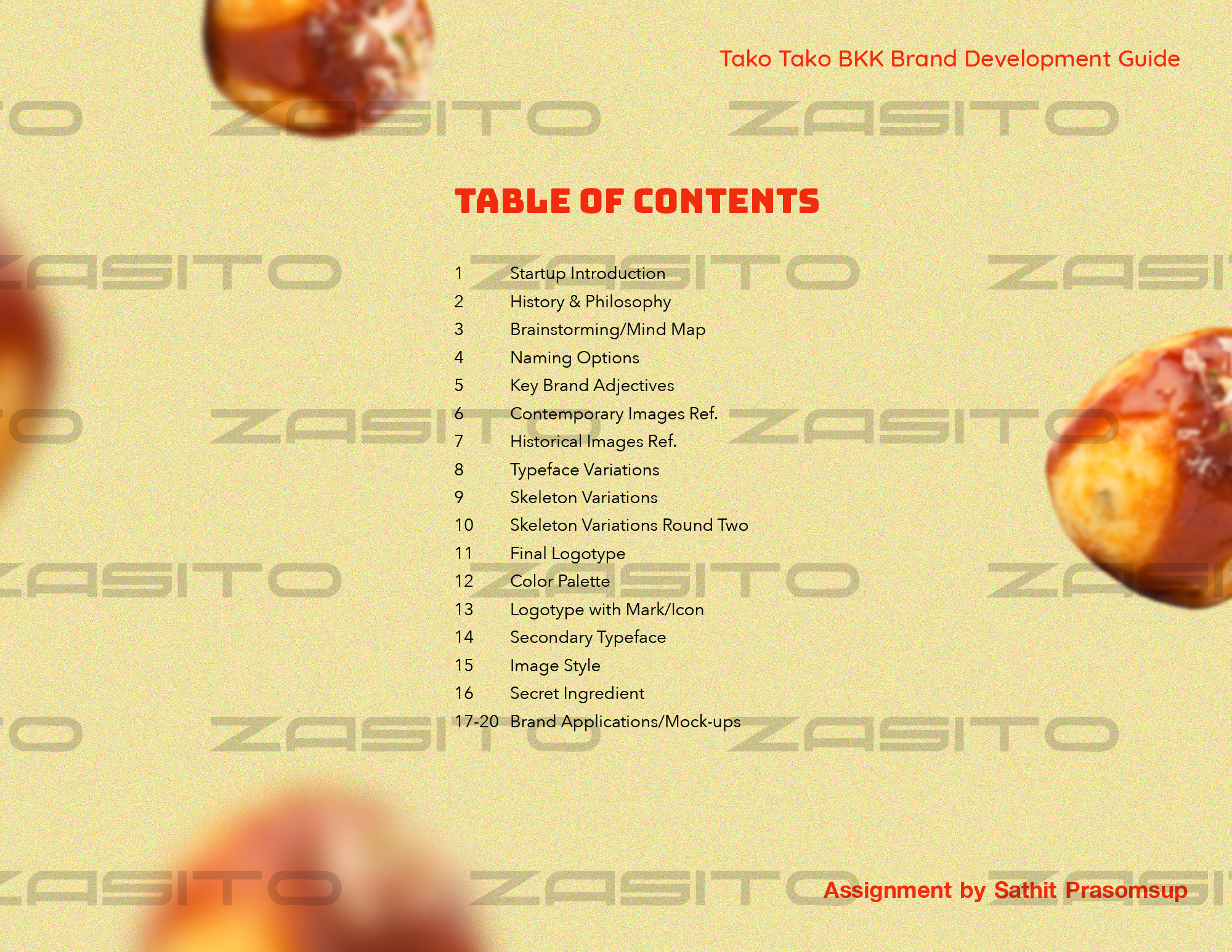
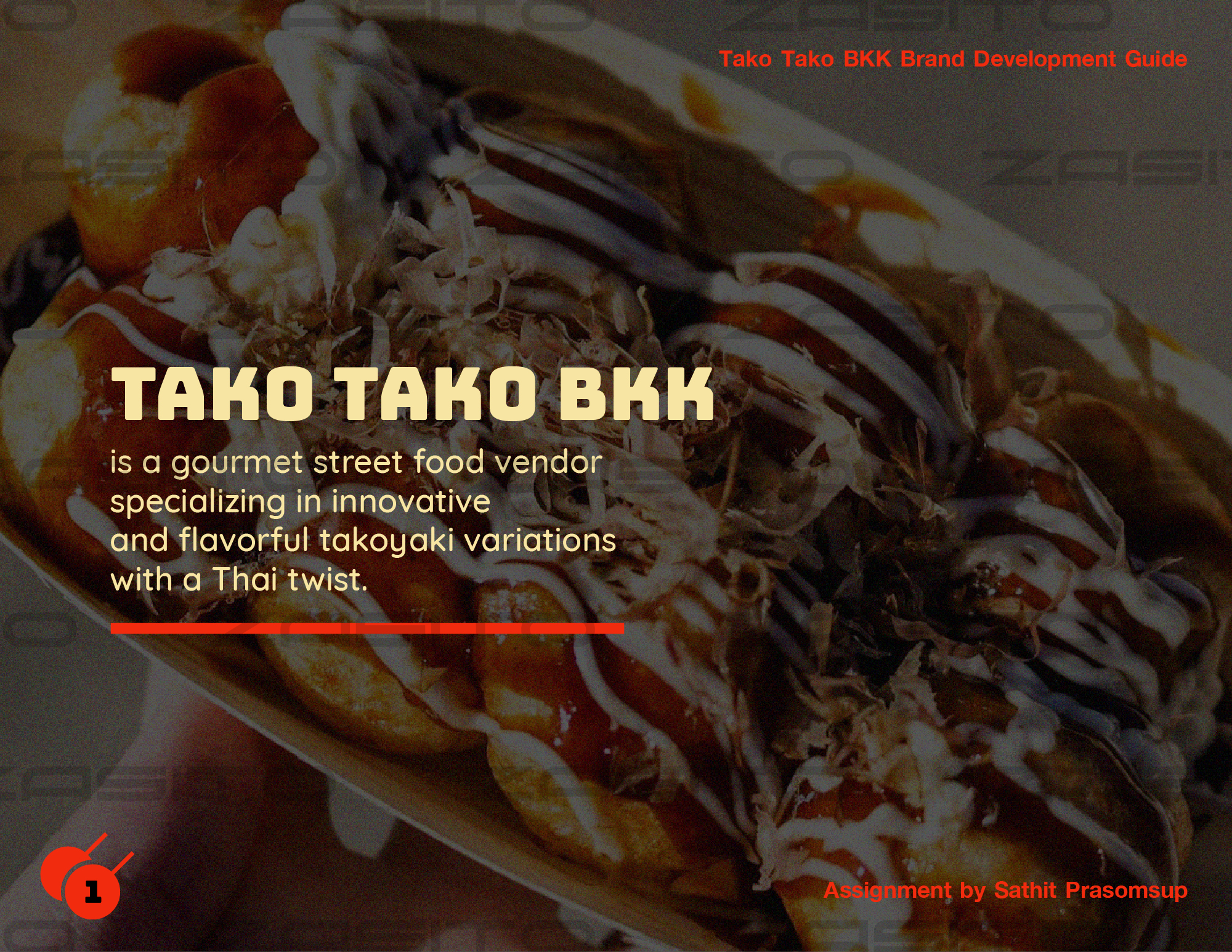
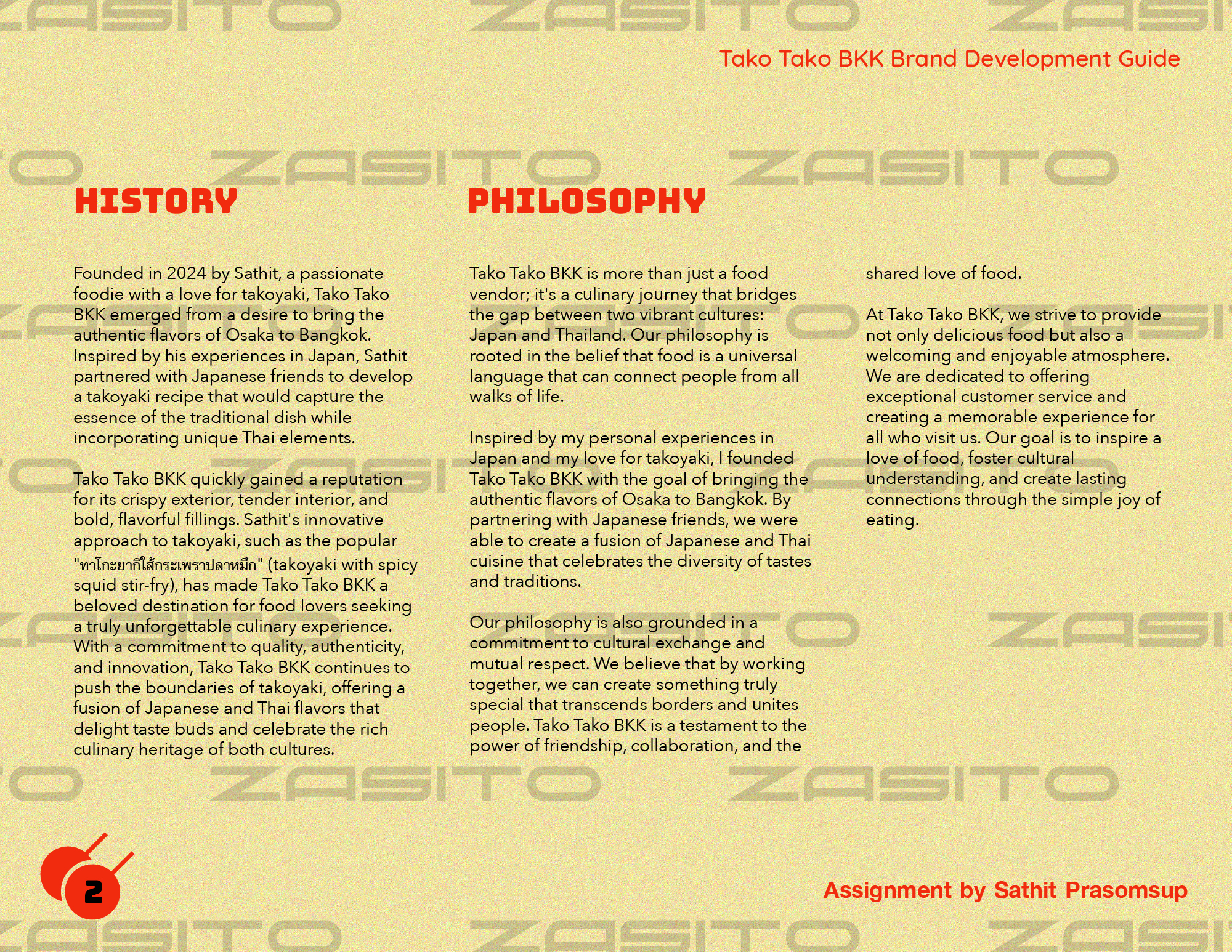
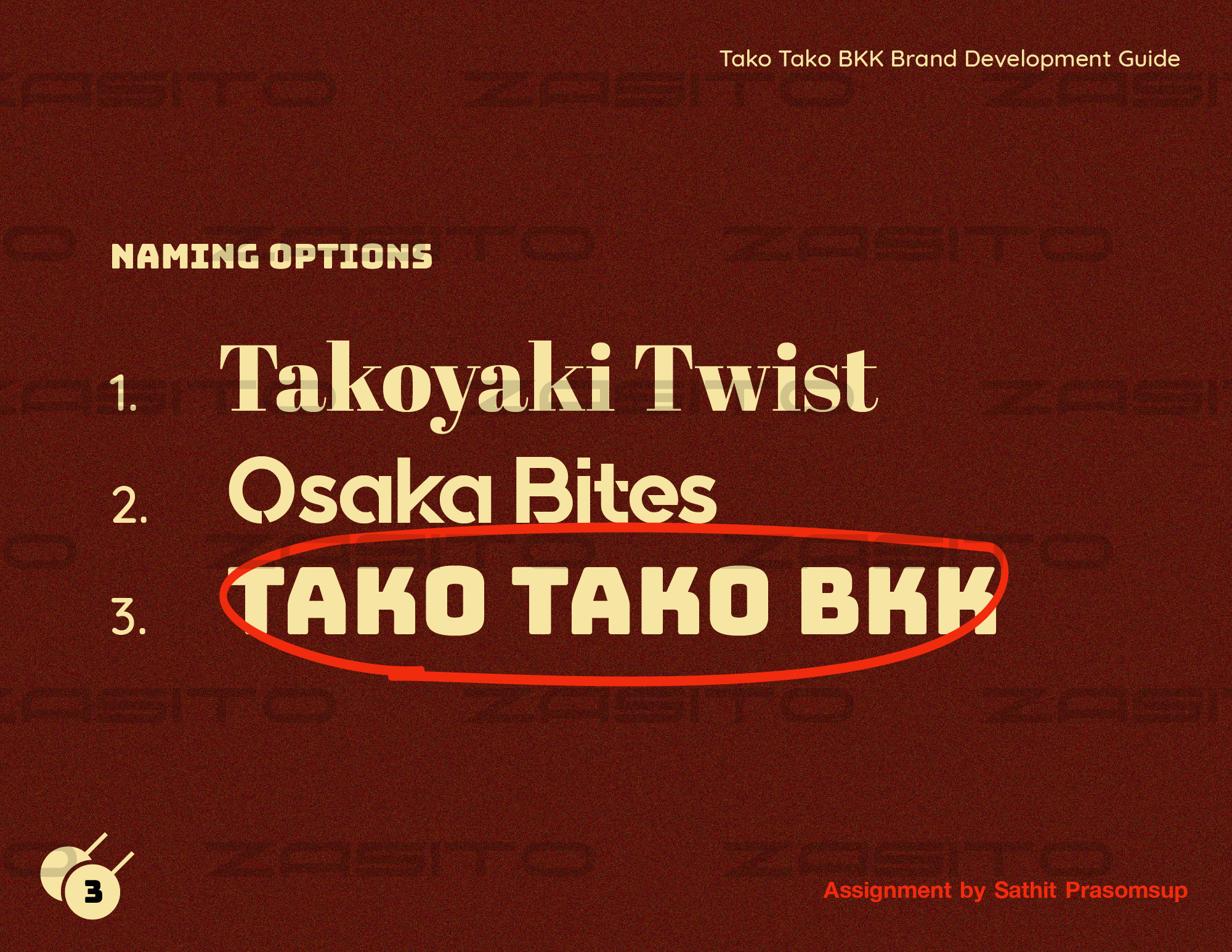
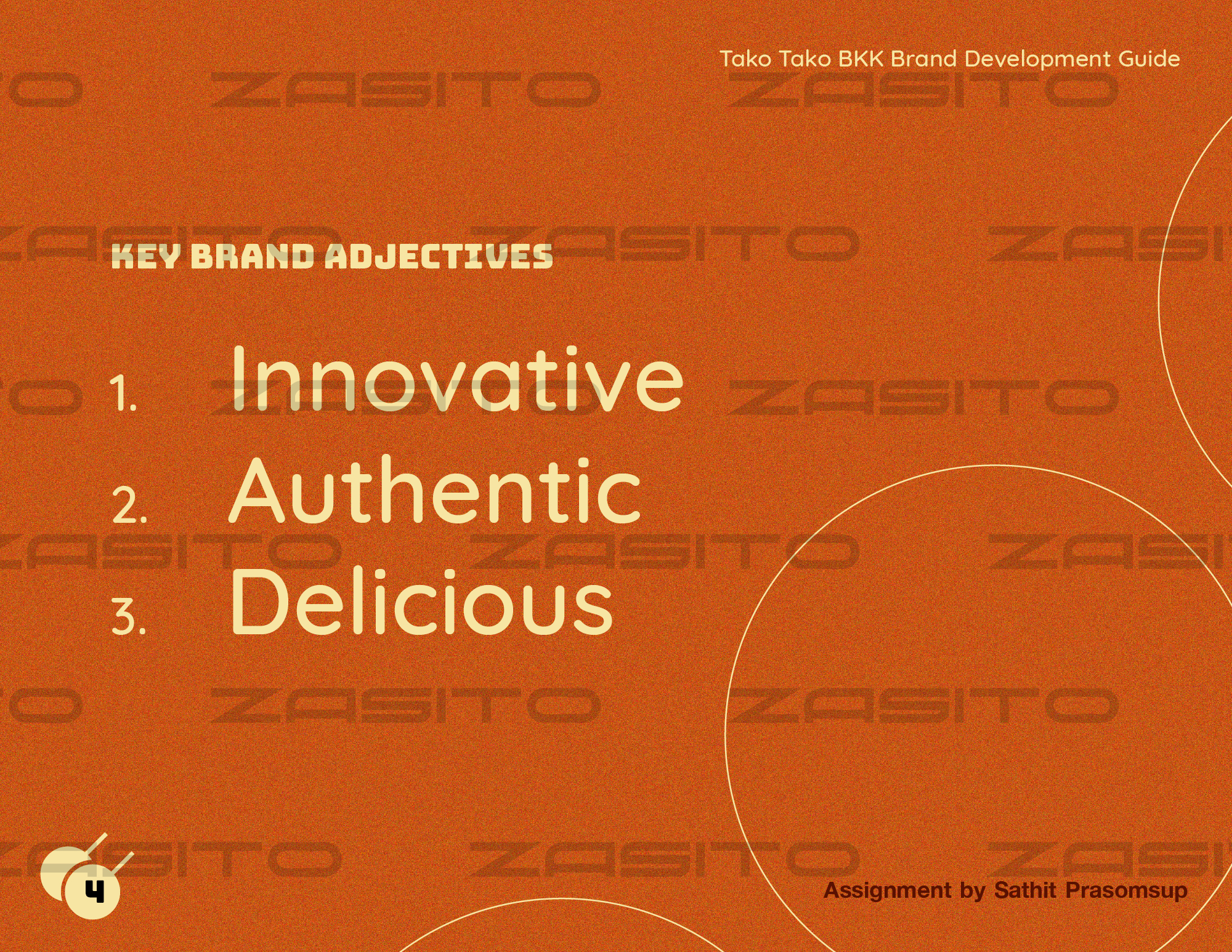
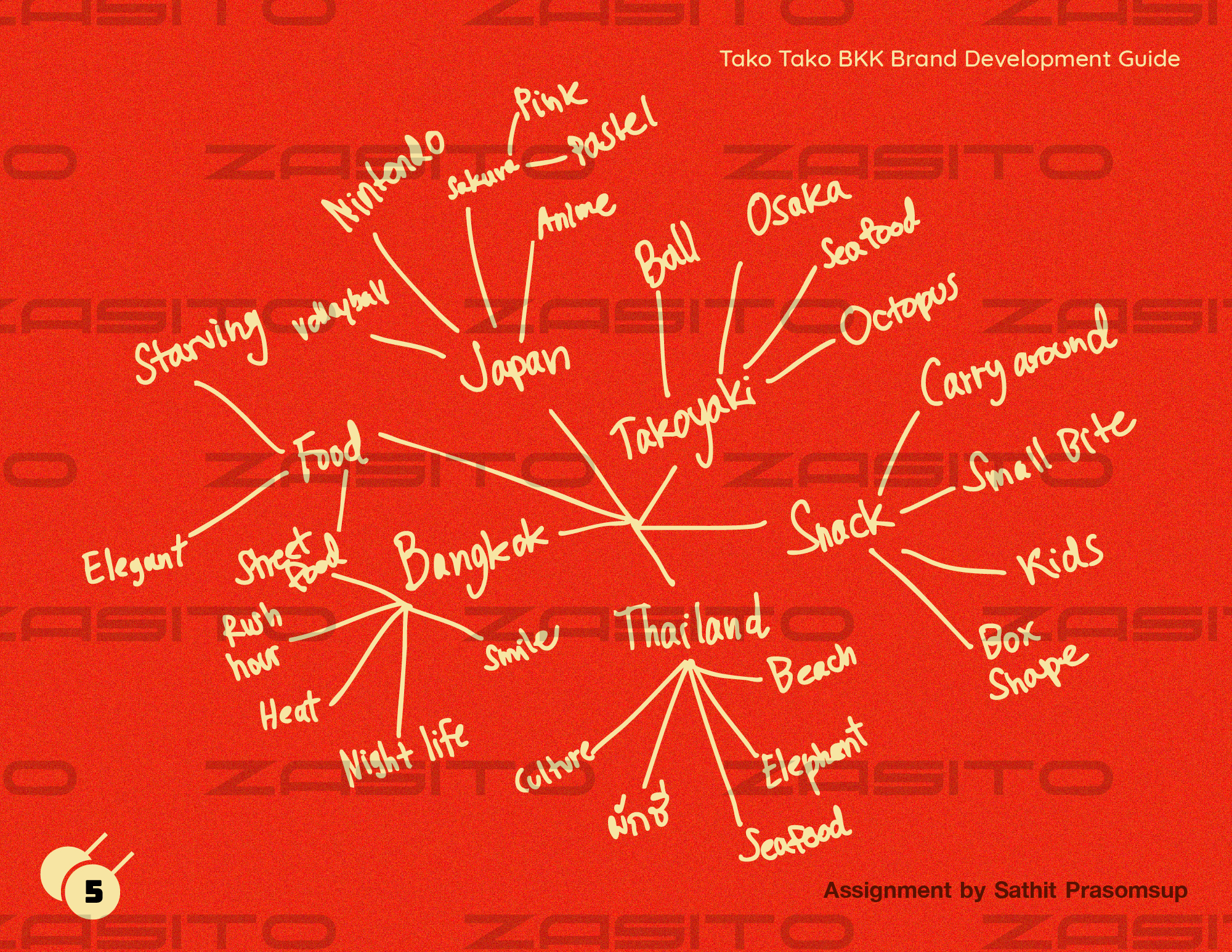

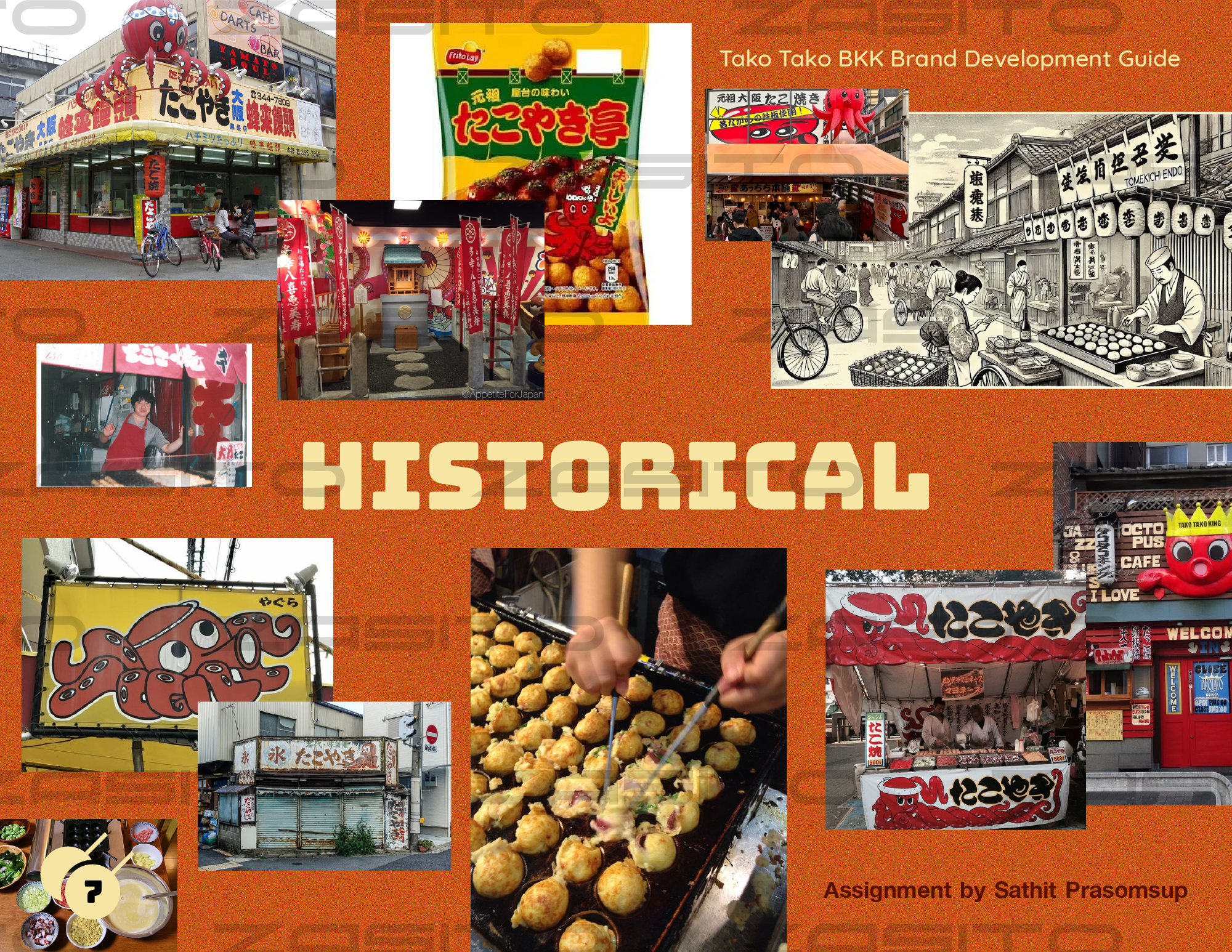
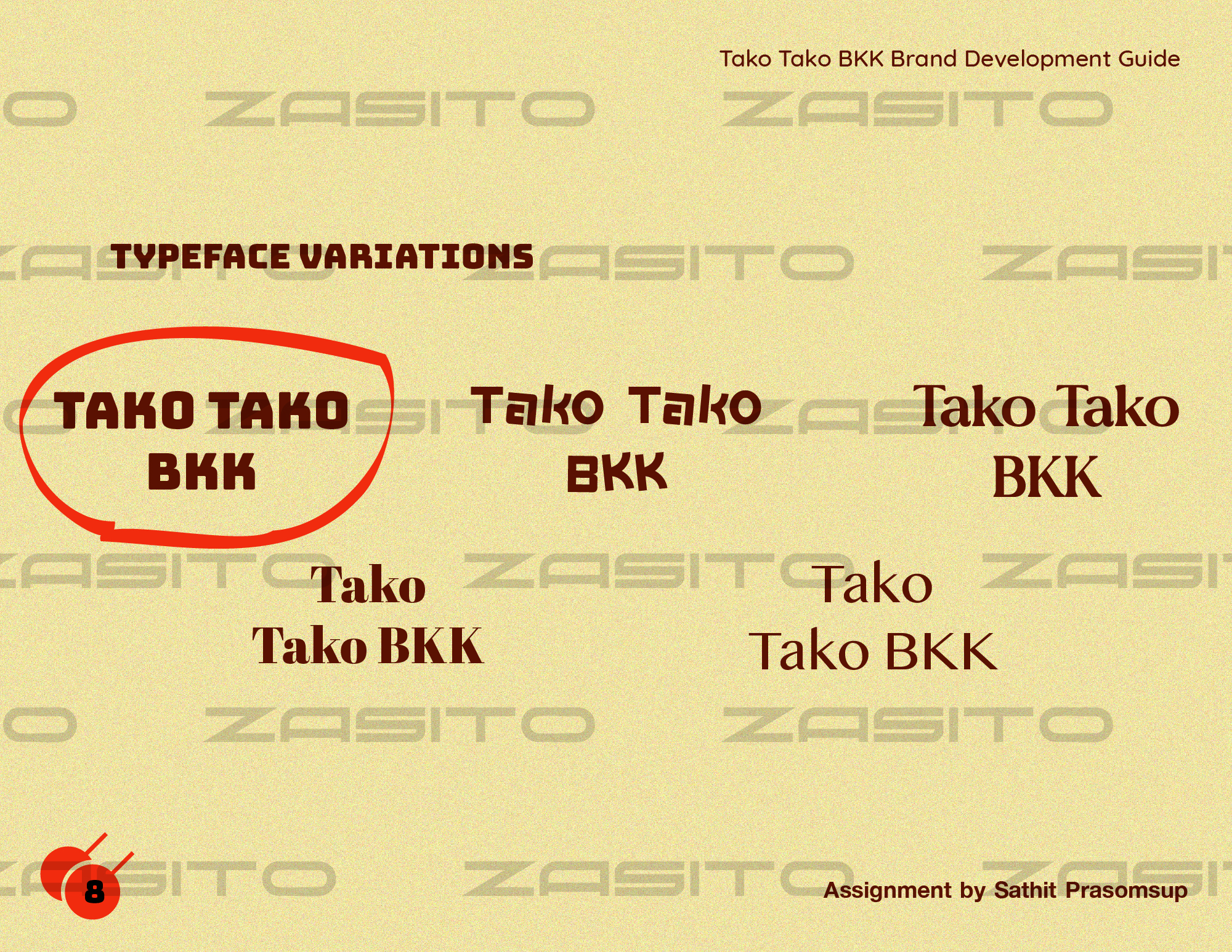
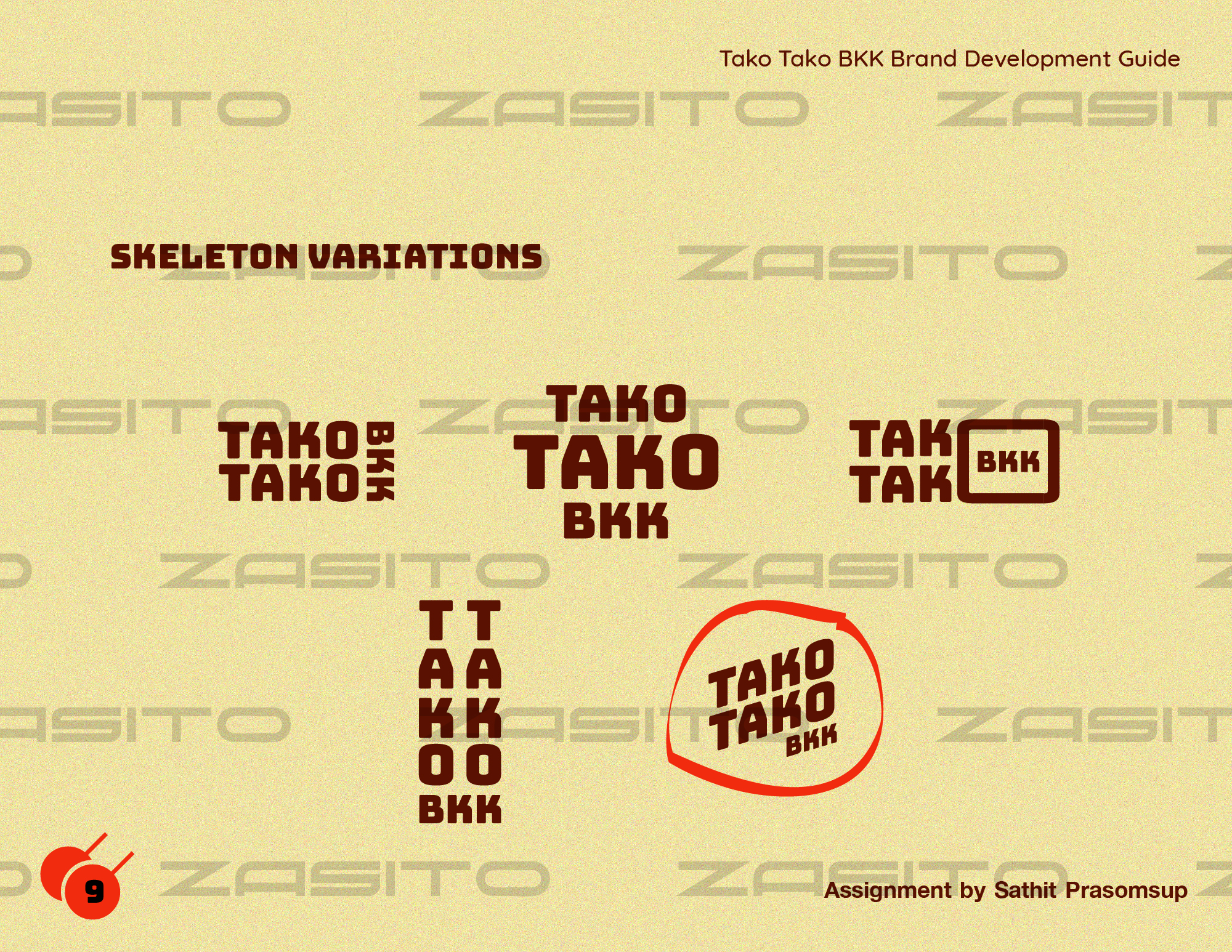
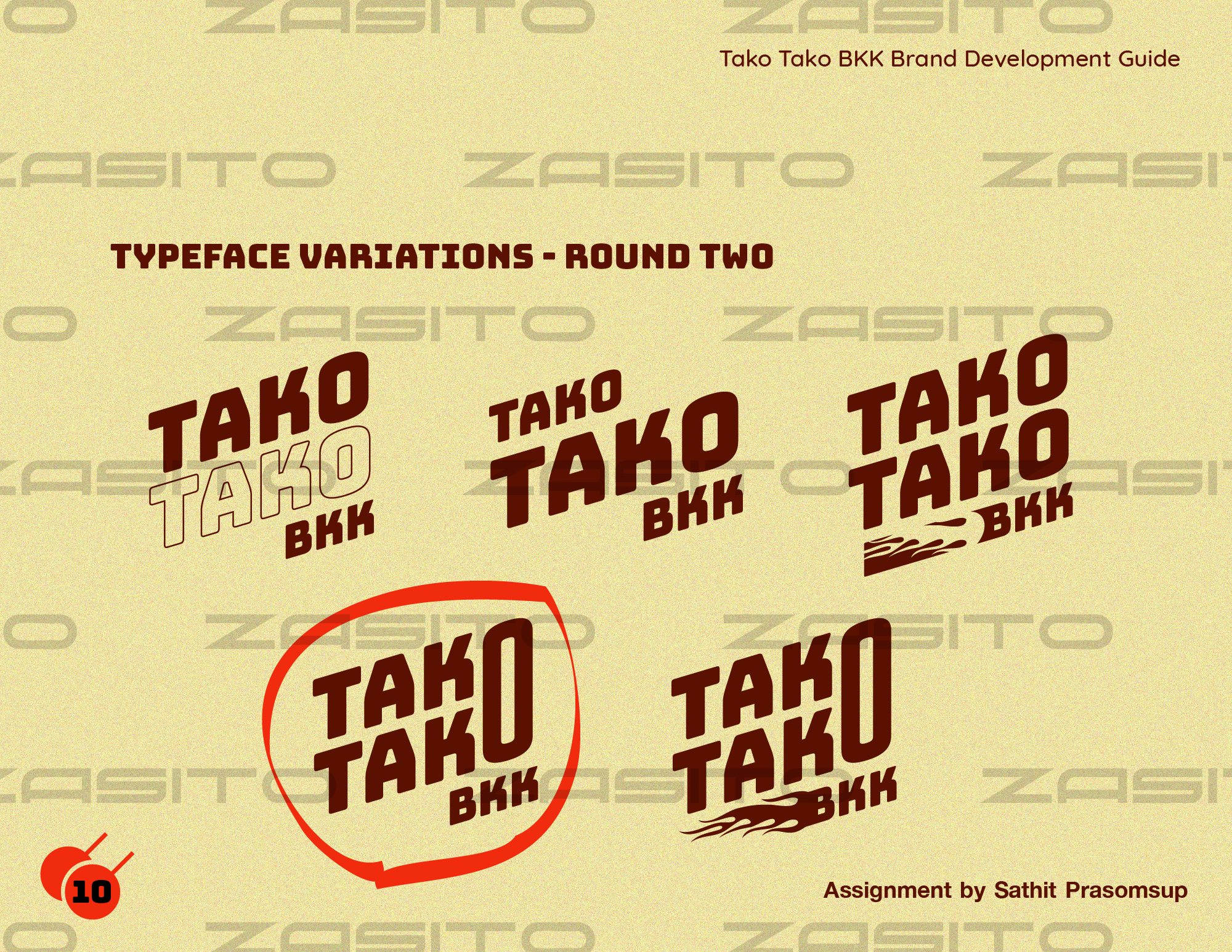
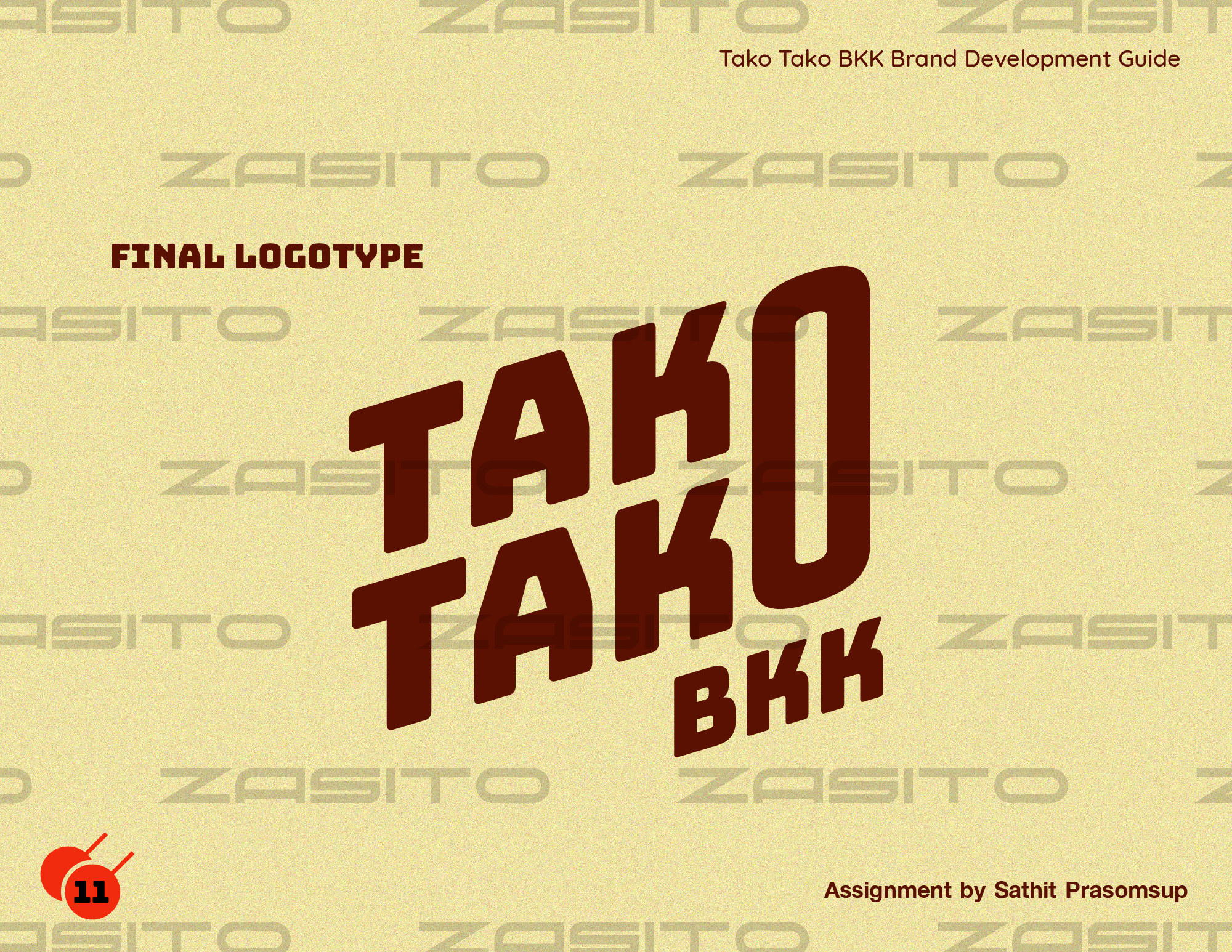
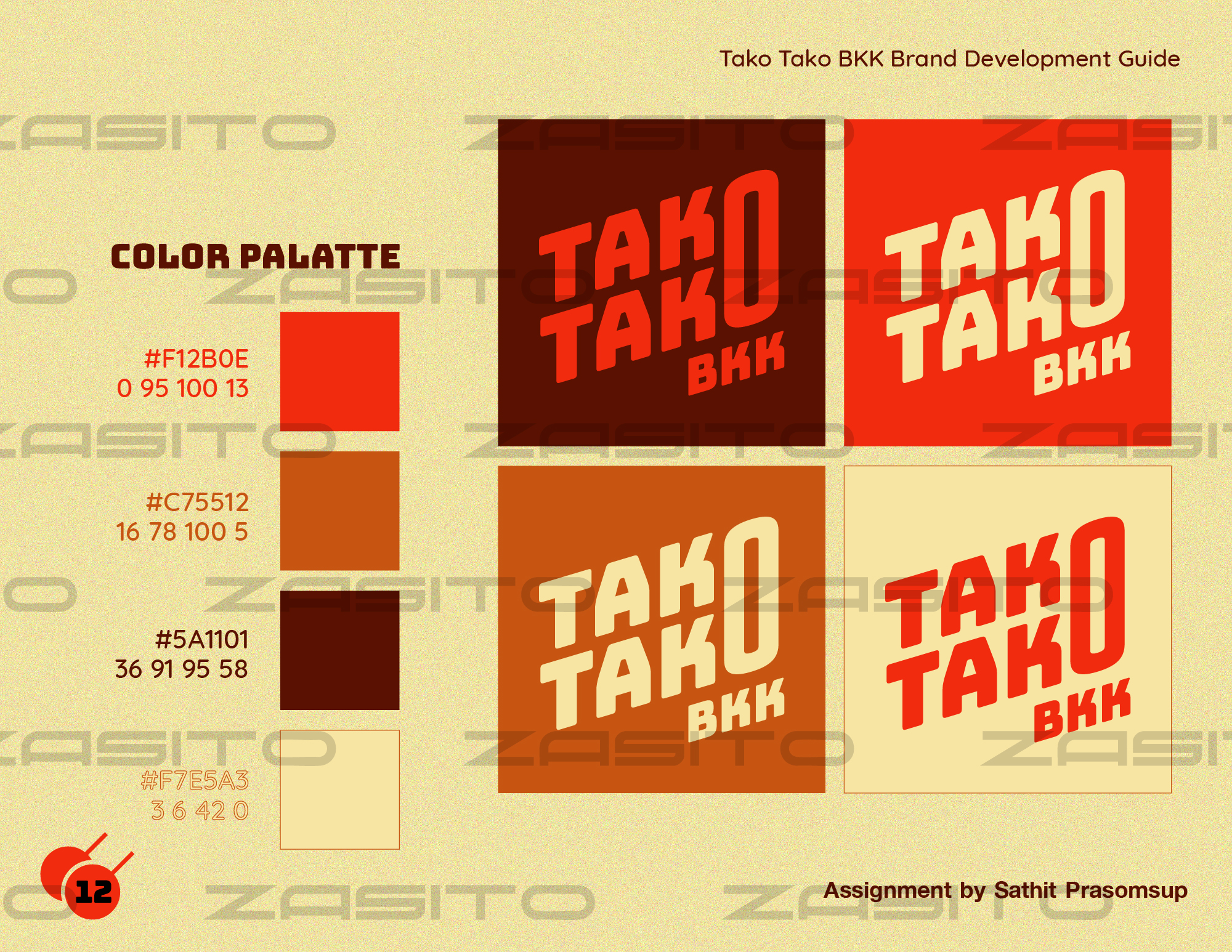
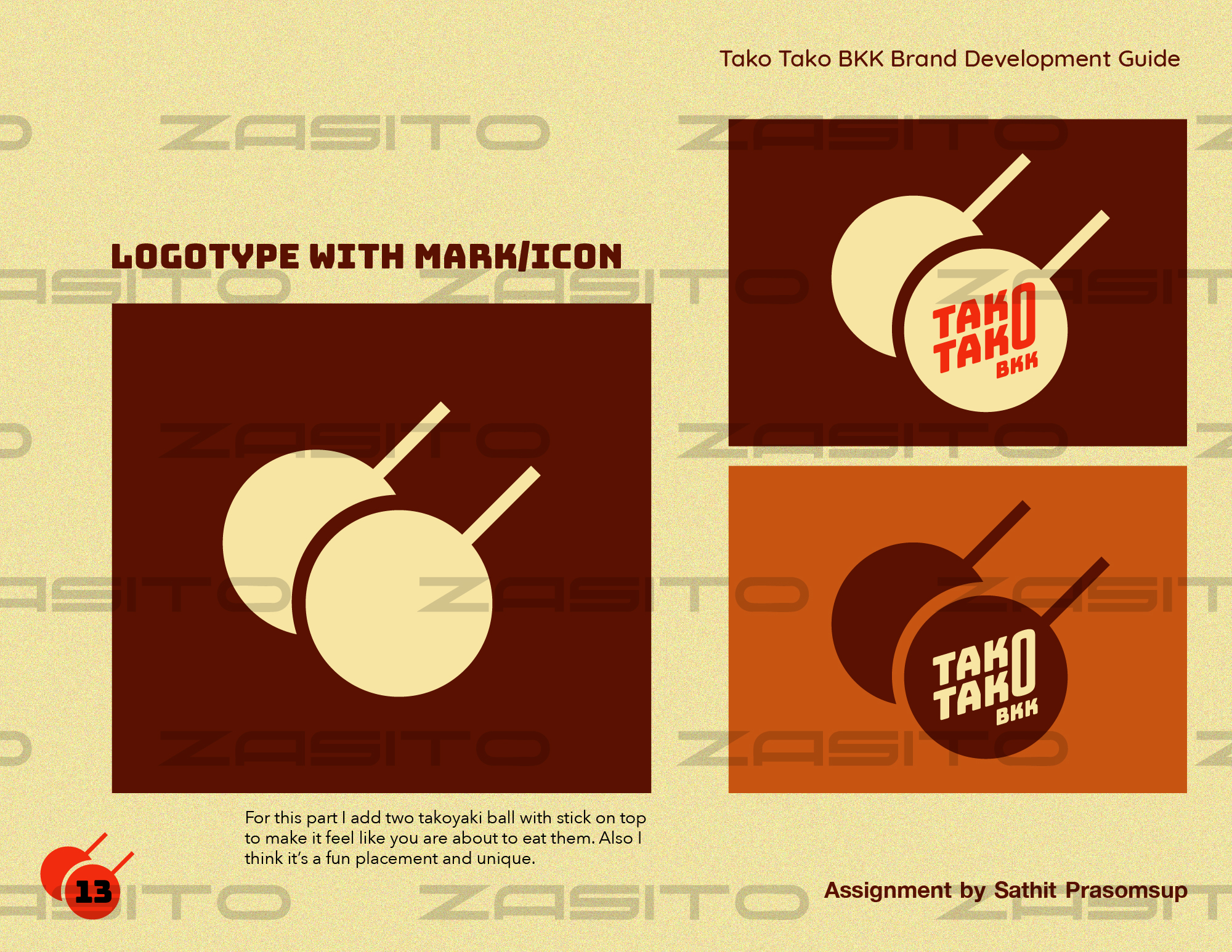
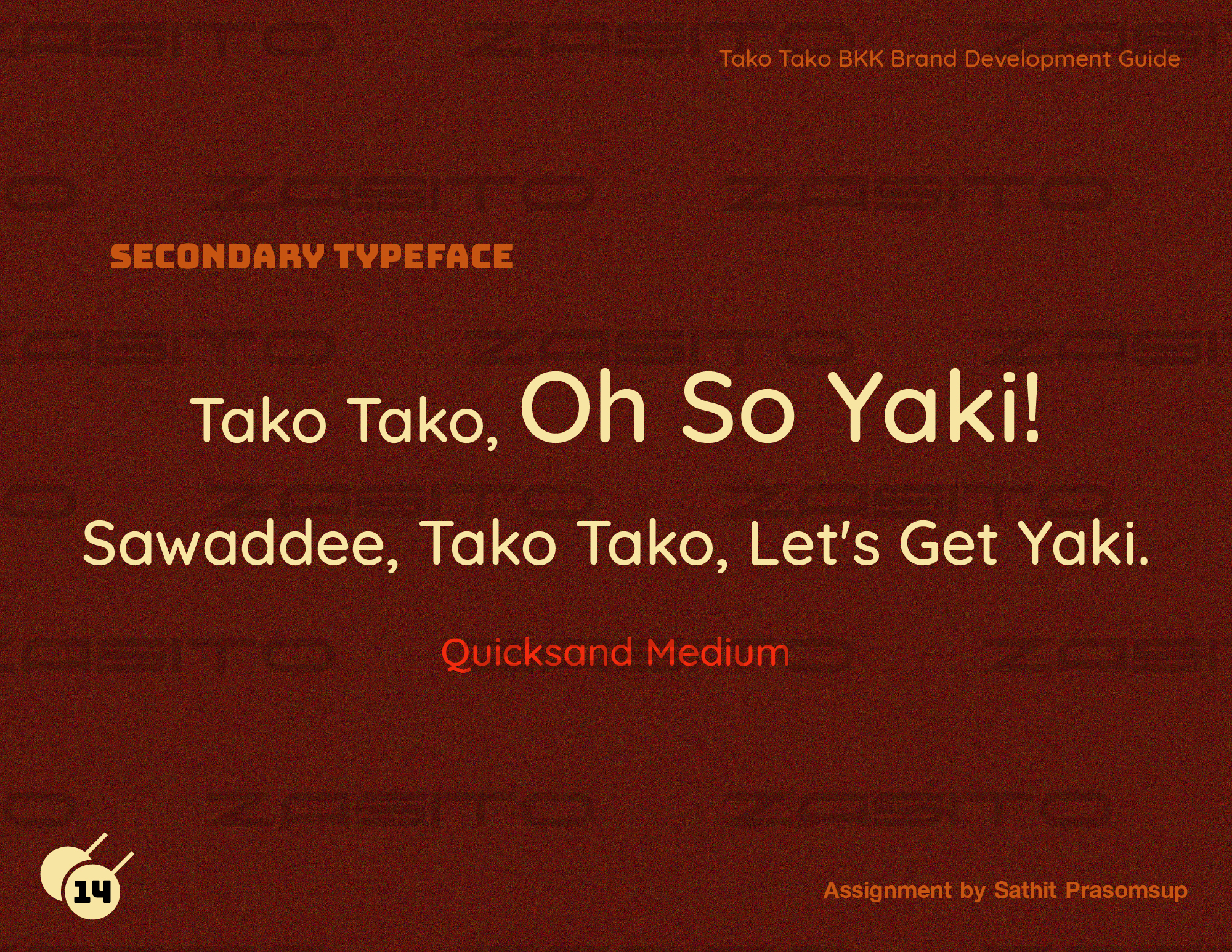
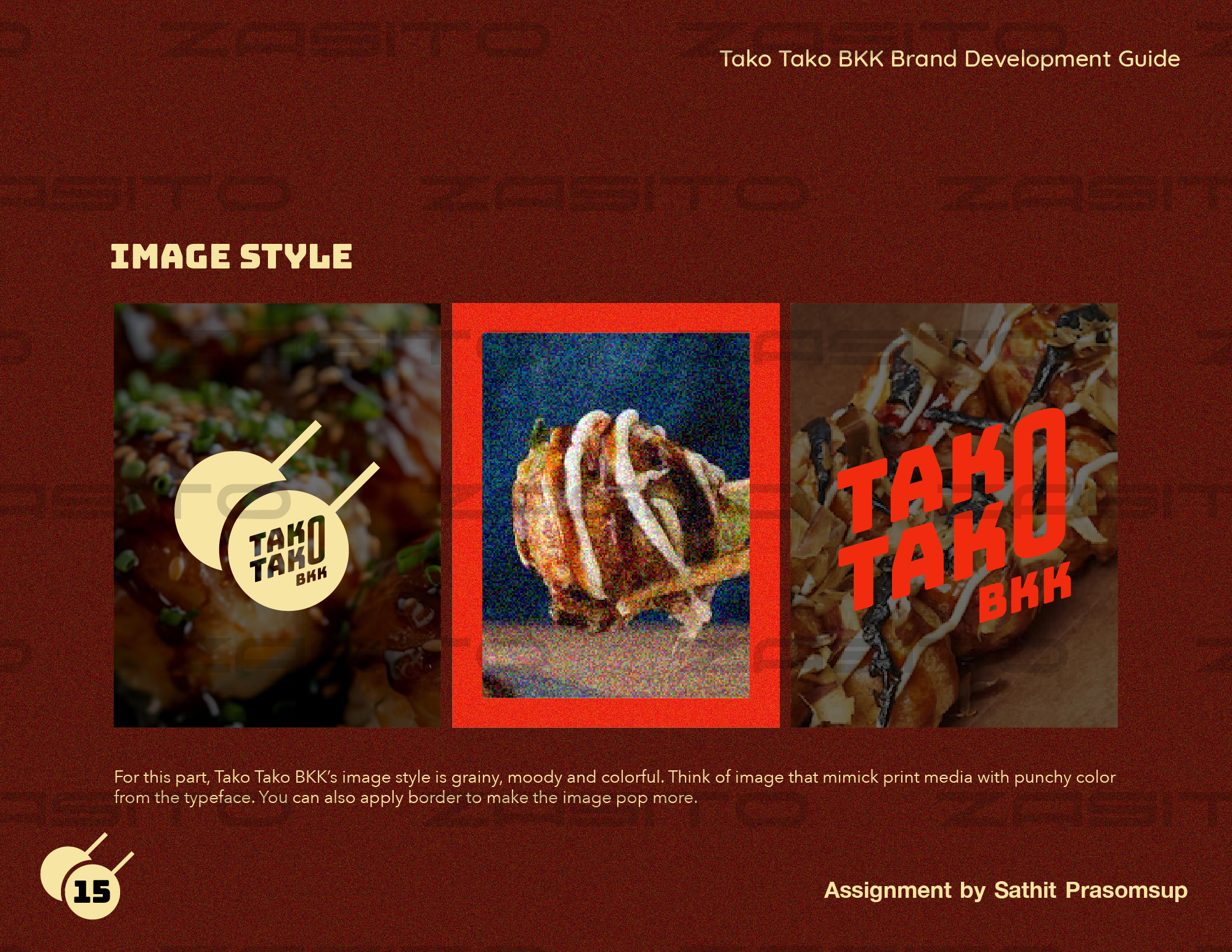
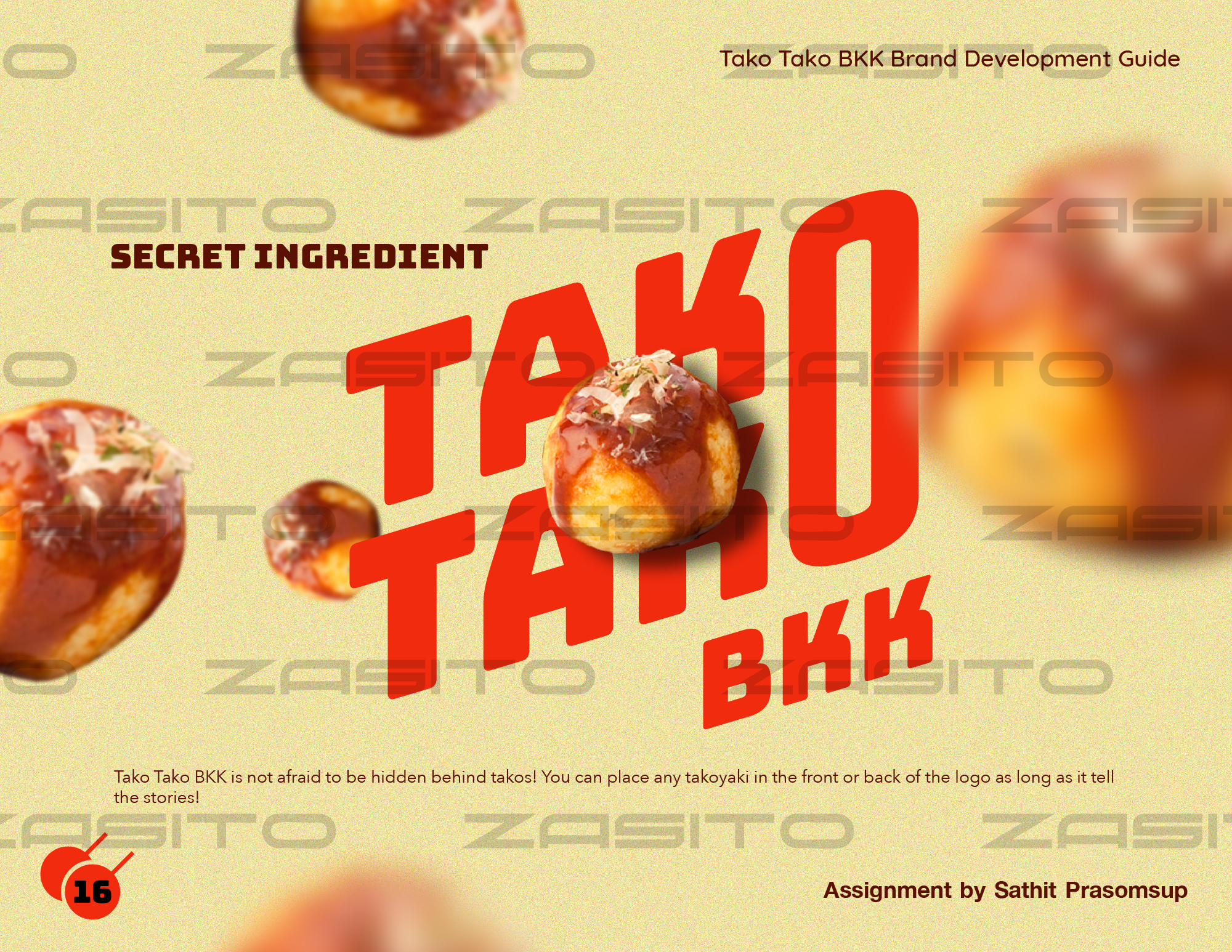
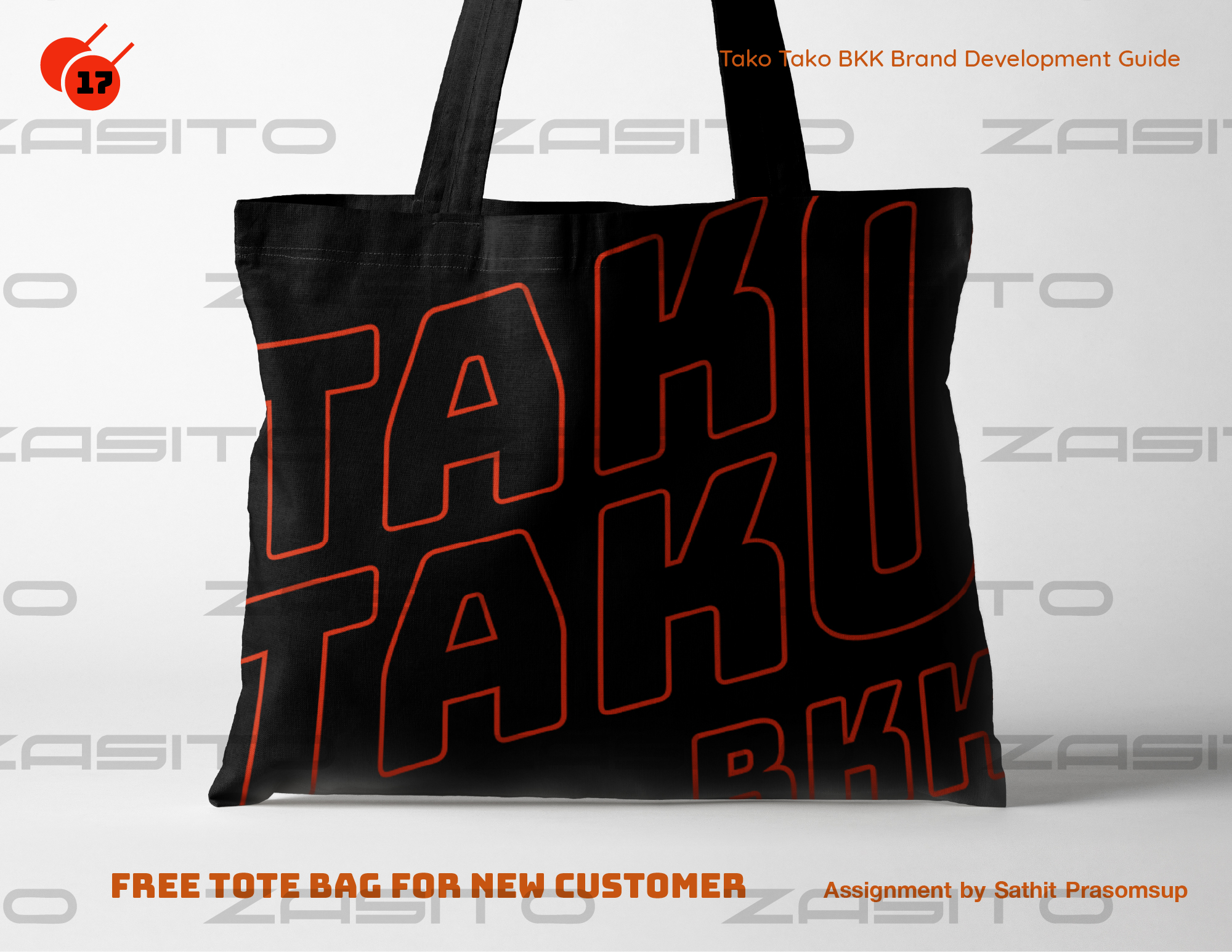

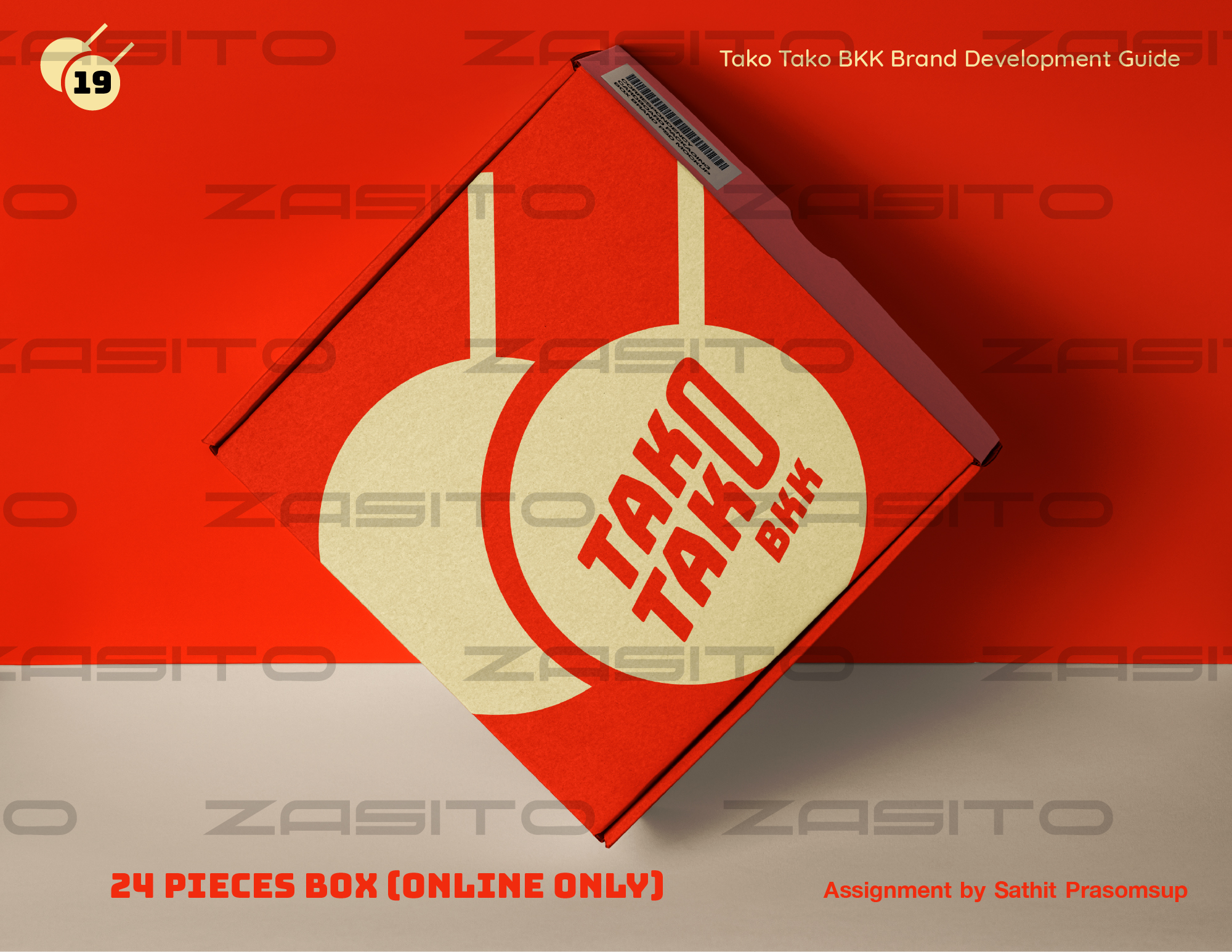
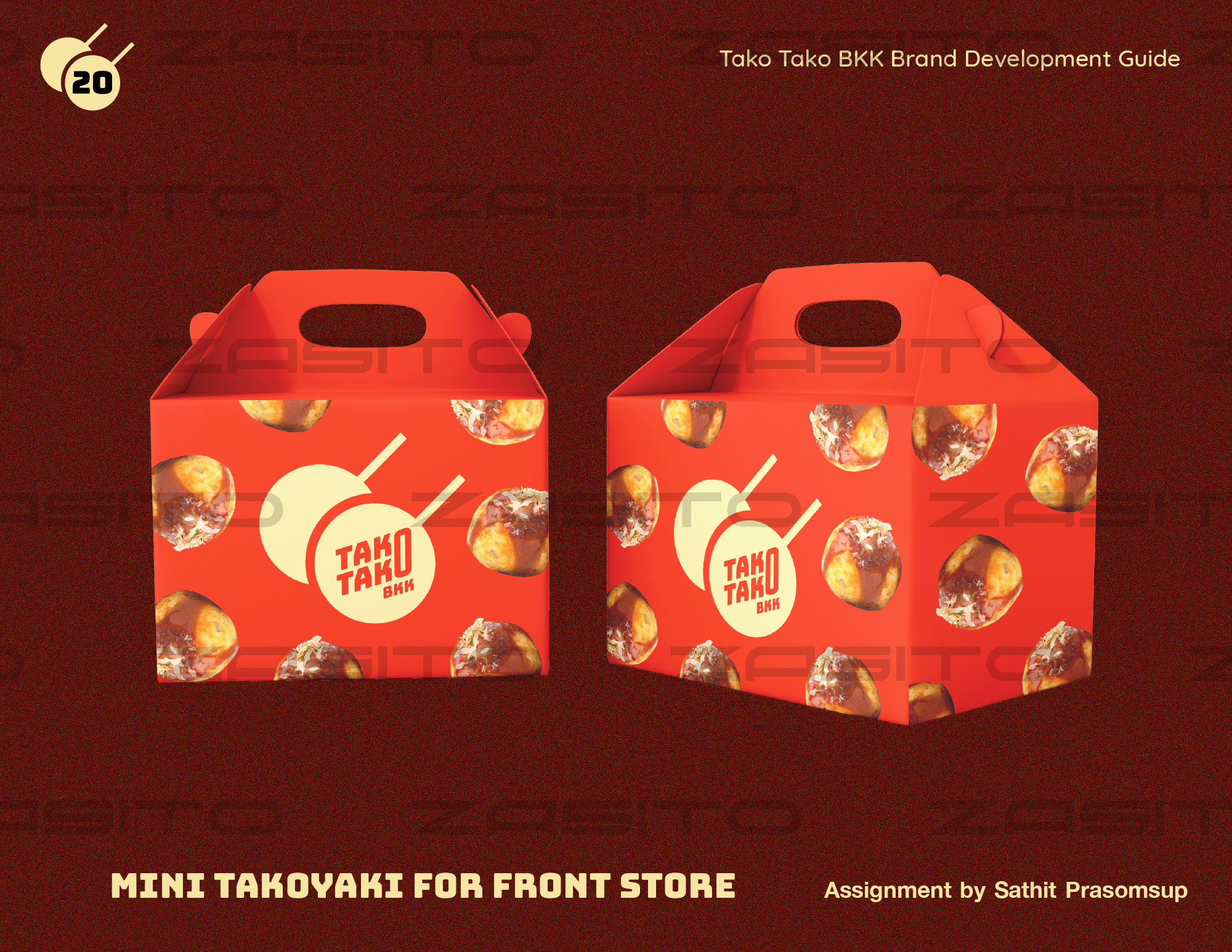
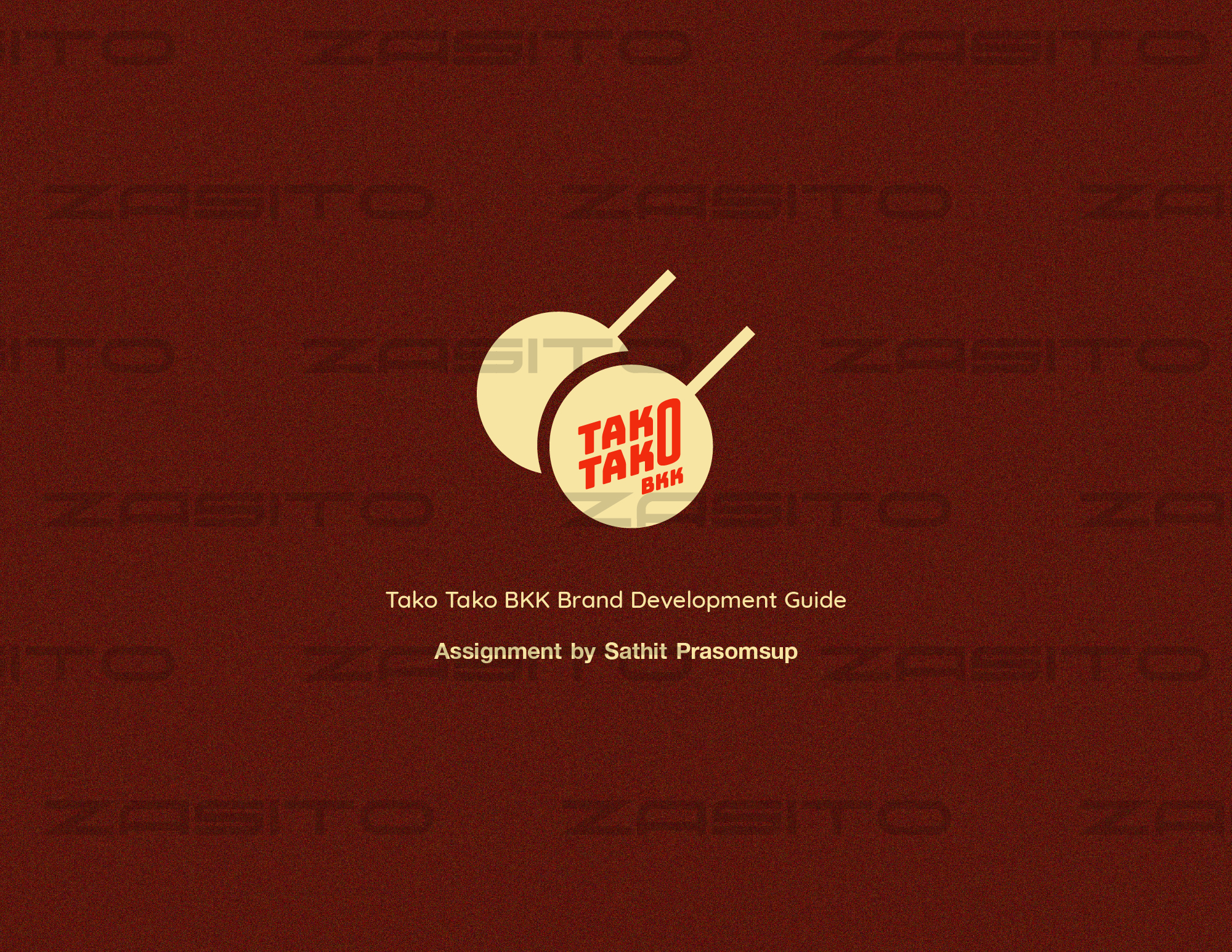
Typography Course
For this course, I picked the Caslon font to study from the font options provided because Caslon is the same font used at ICSN, where I work. I actually helped develop the brand guidelines for ICSN, so picking Caslon as my topic allowed me to delve deeper into its history and understand how it’s used in design. This course helped me appreciate how typography goes beyond aesthetics—it’s about communication, history, and creating meaningful visual identities.
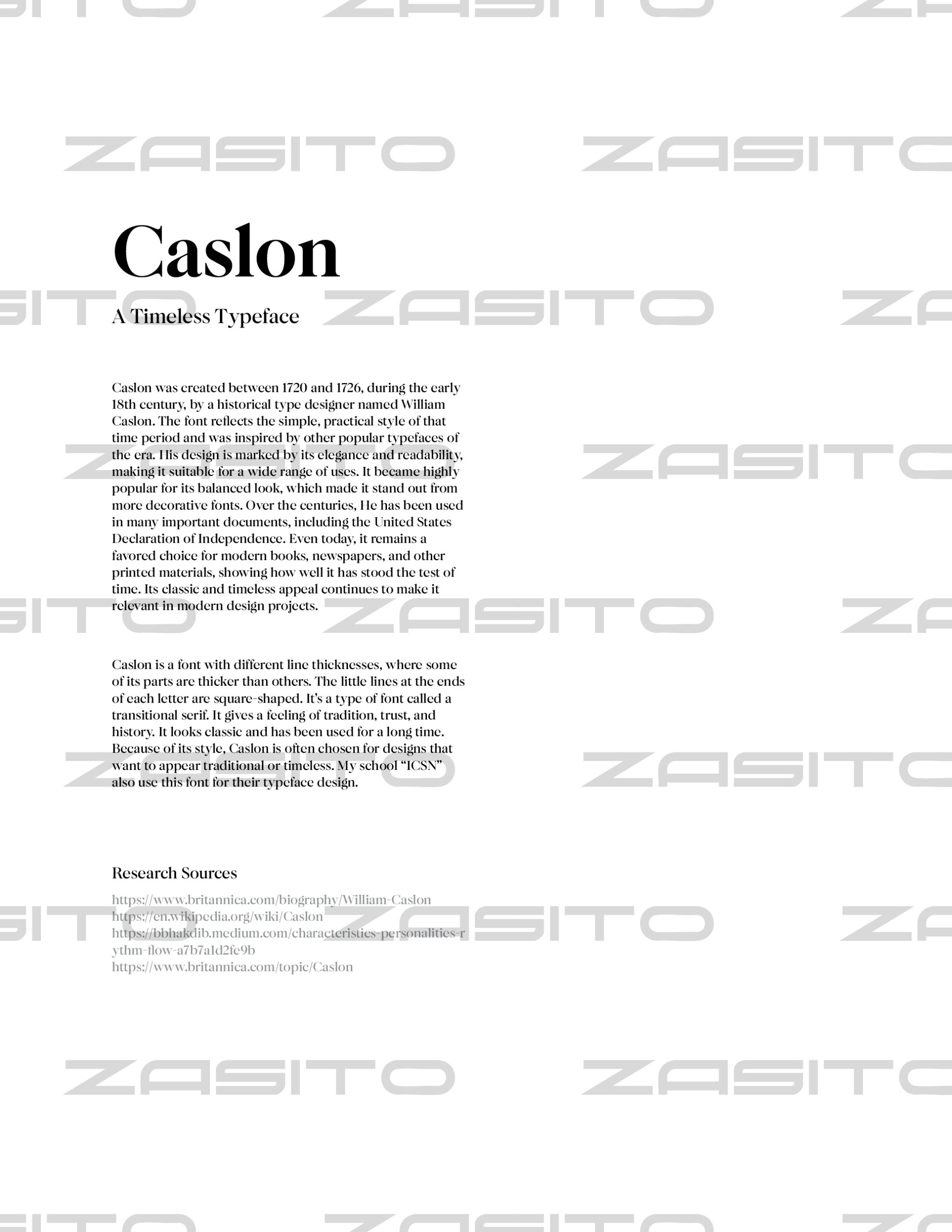
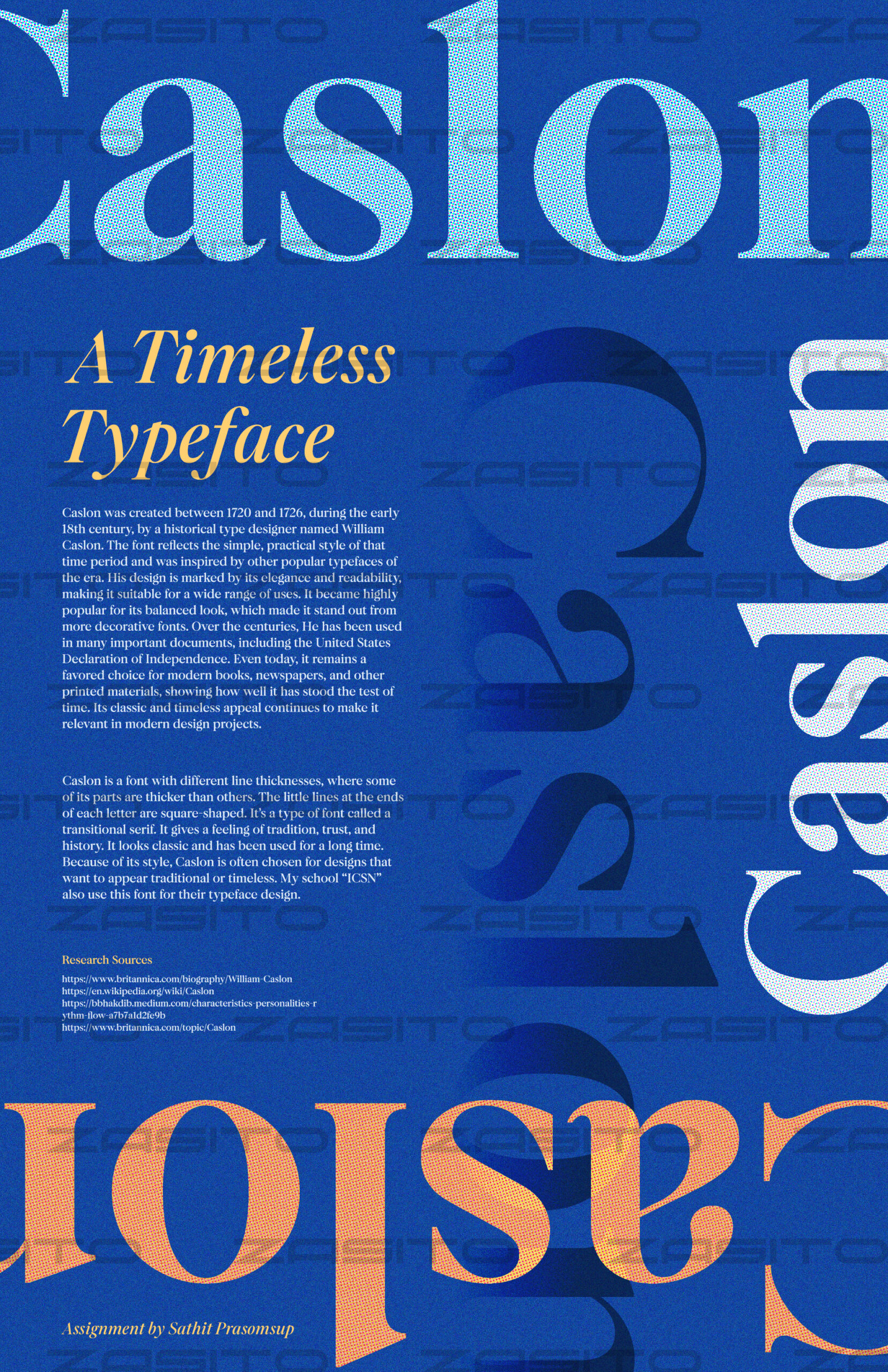
Explorations in Imagemaking – Fundamentals of Graphic Design
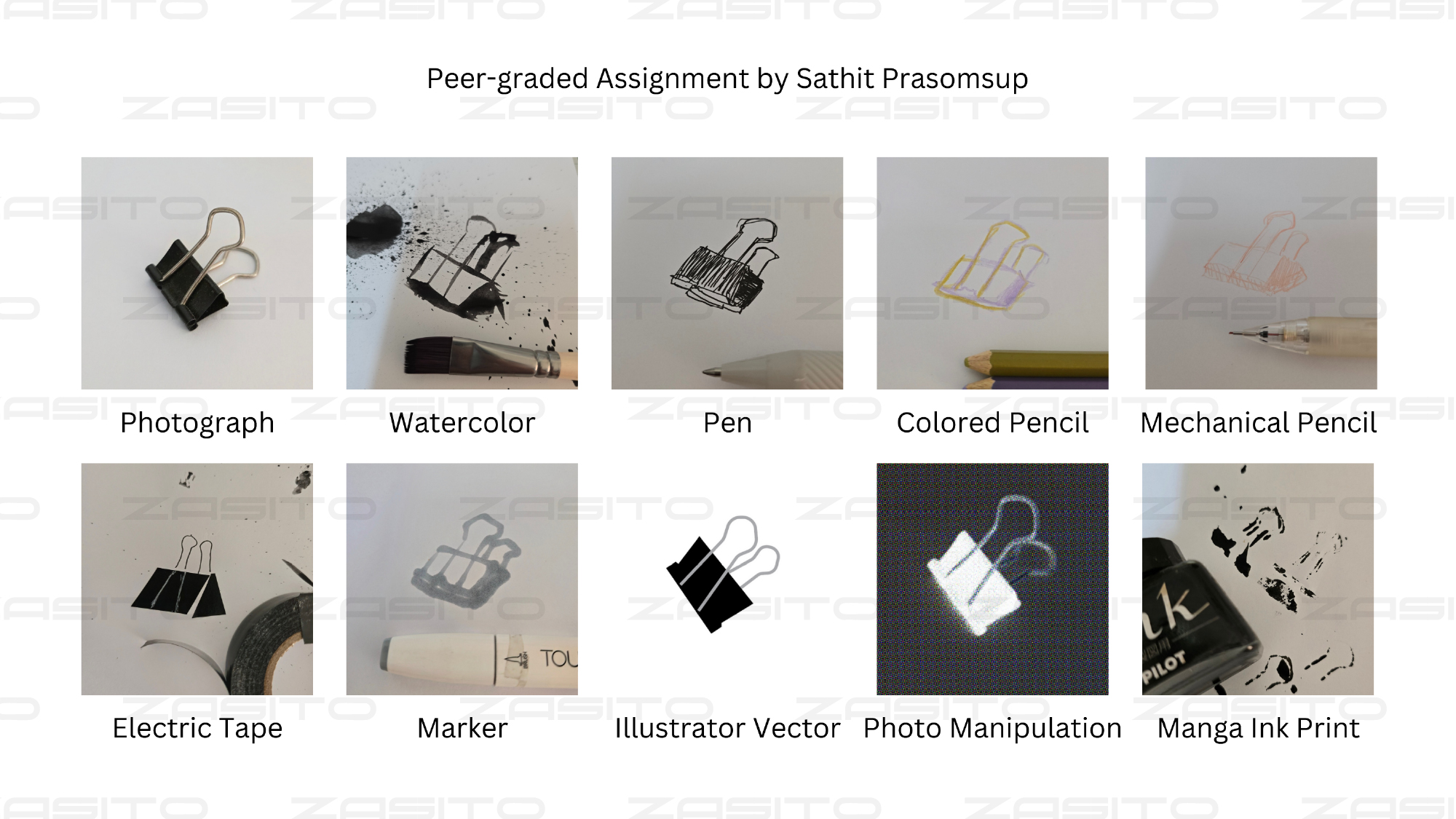
Single Contrasts – Fundamentals of Graphic Design
Here I am asked to create 6 different compositions, each addressing one of the following aspects of compositional contrast:
scale, weight, direction, space, form and texture
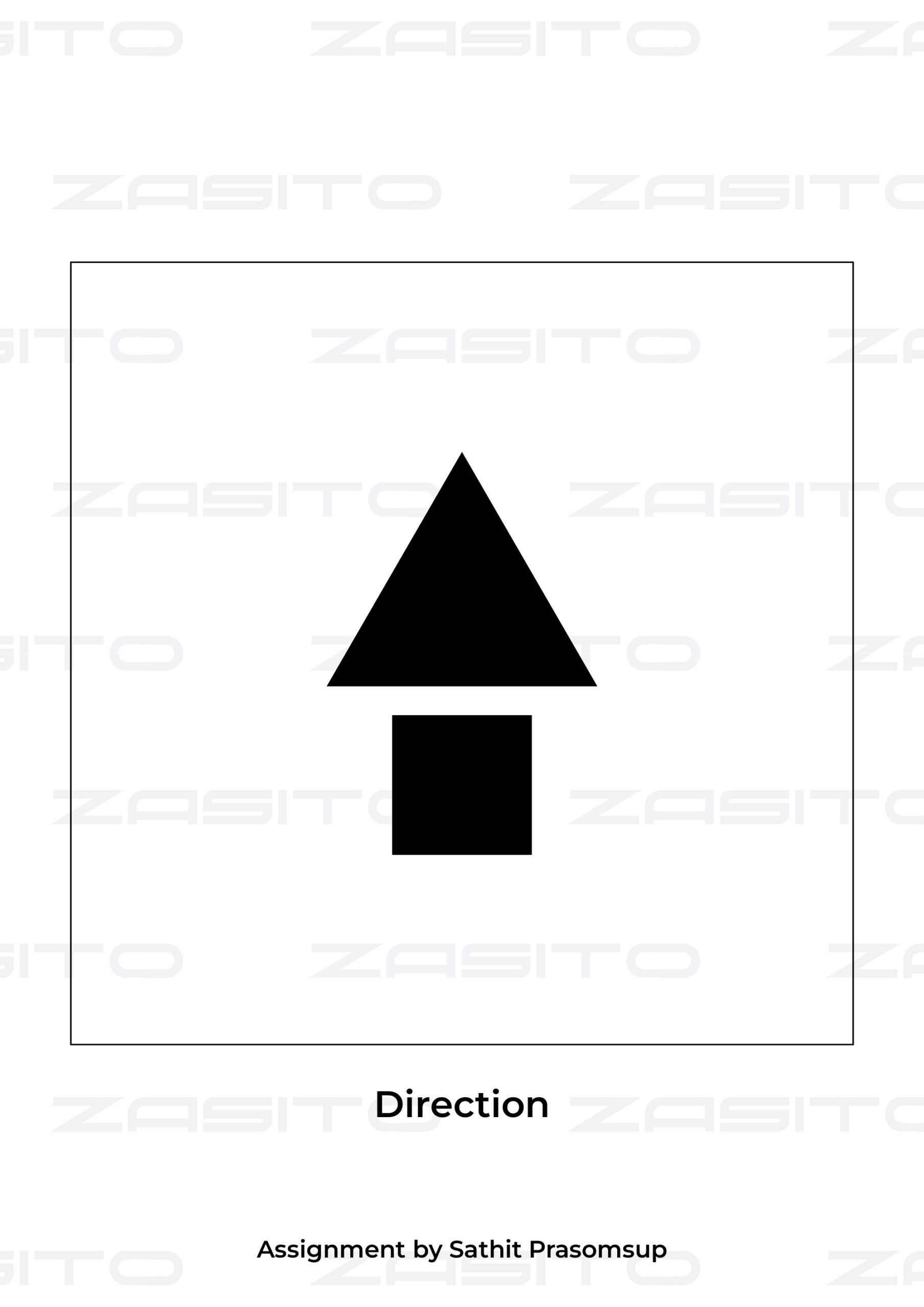
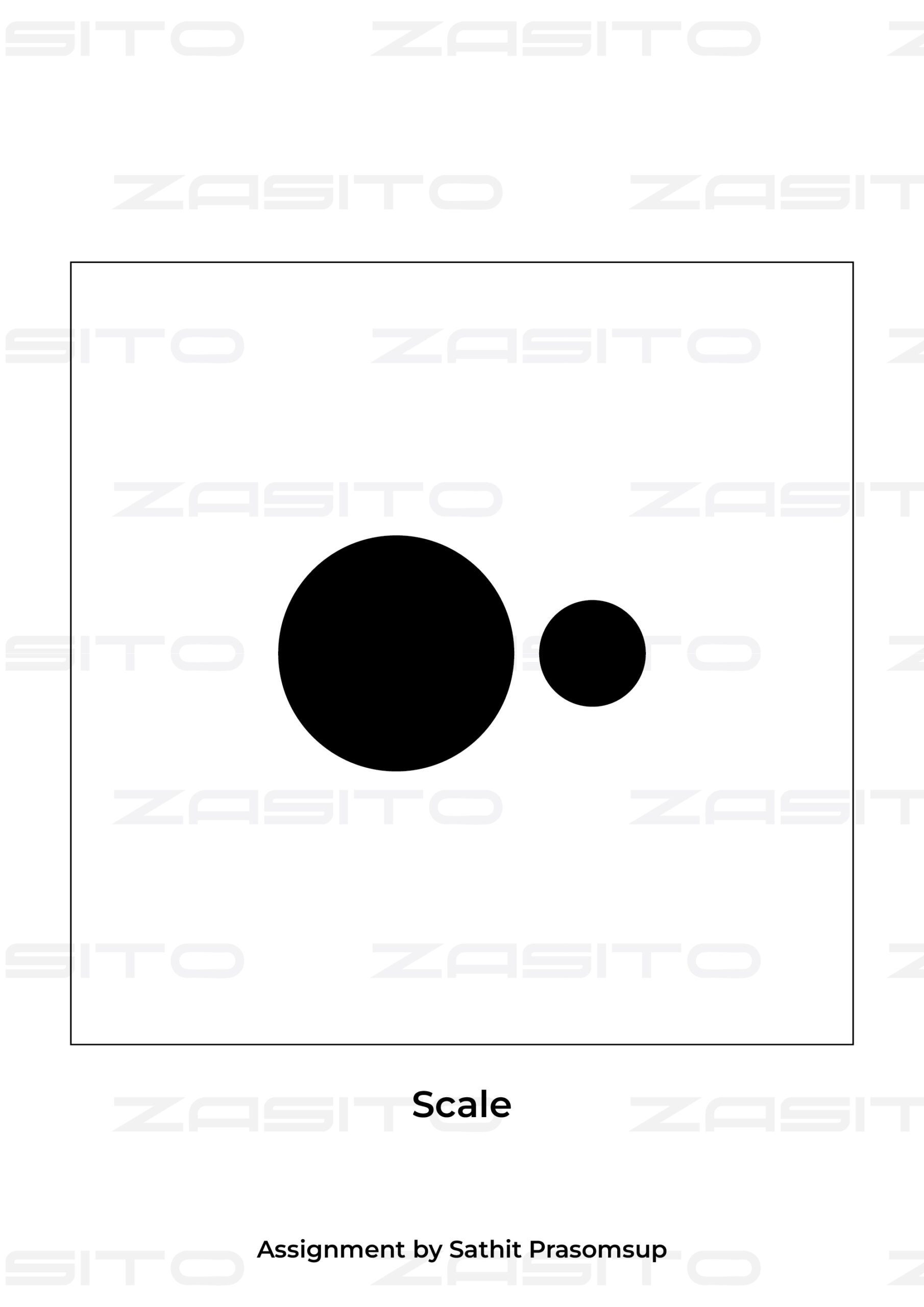

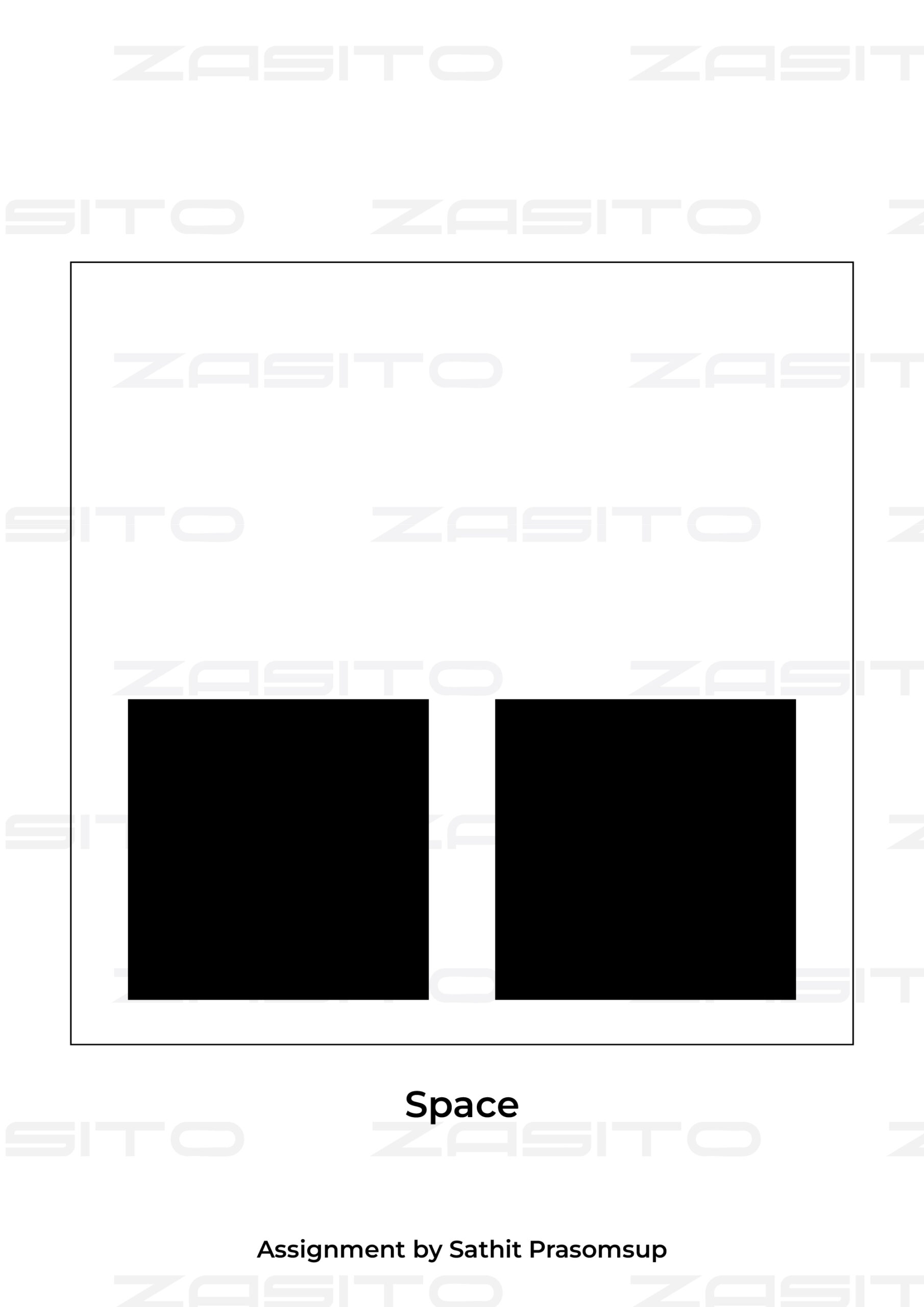

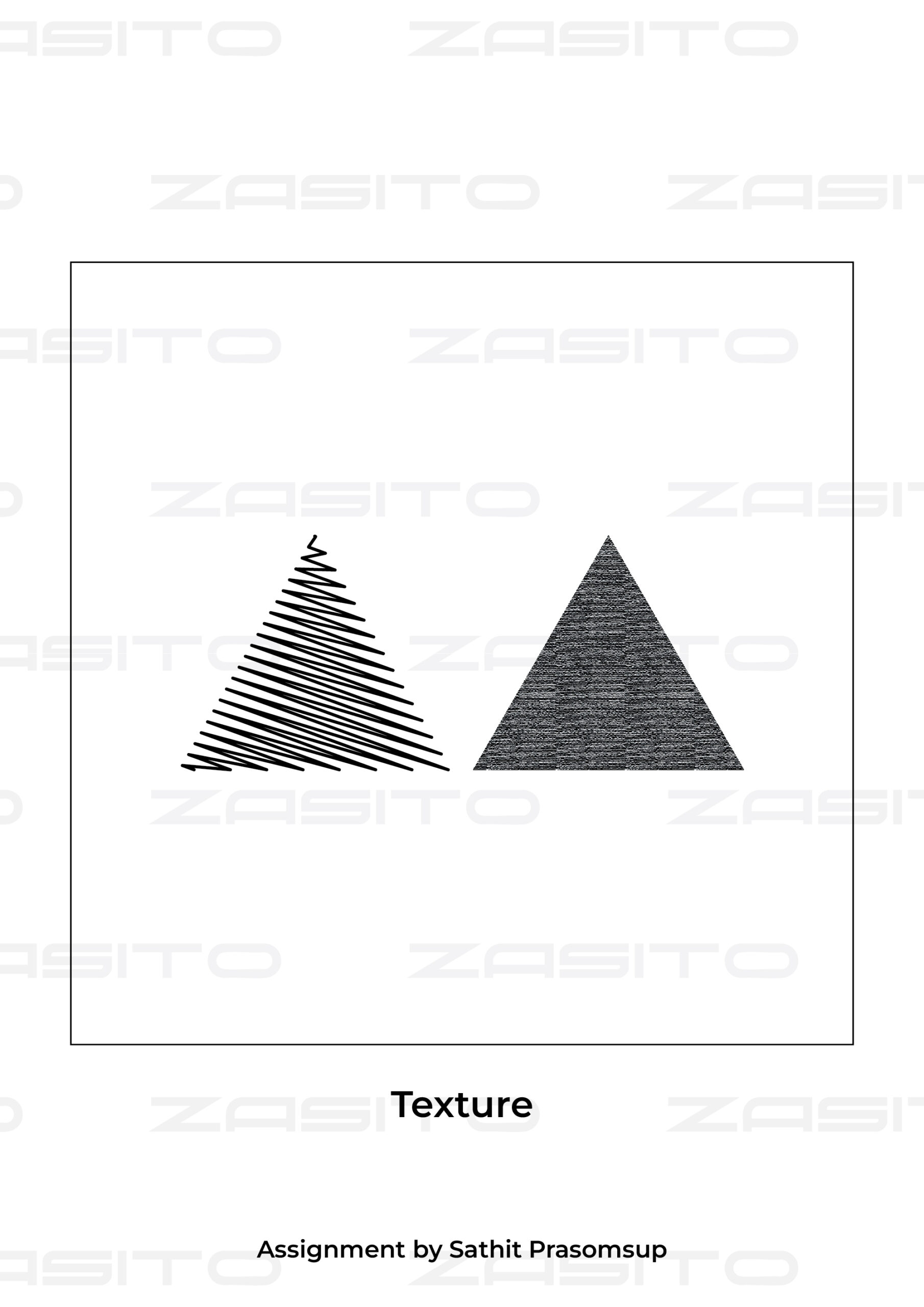
Range of Representation – Imagemaking
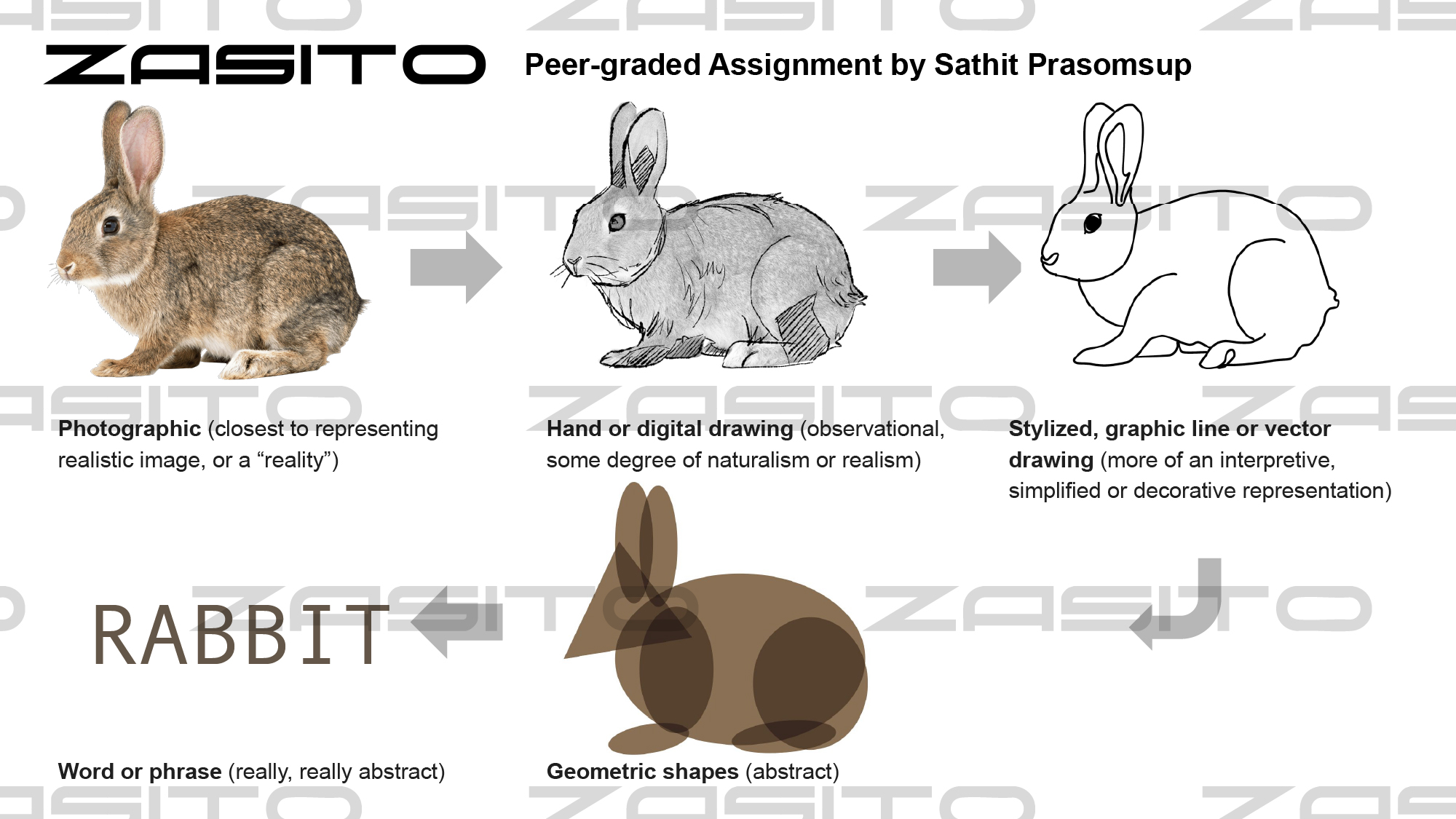
Composing a Complex Narrative – Imagemaking
